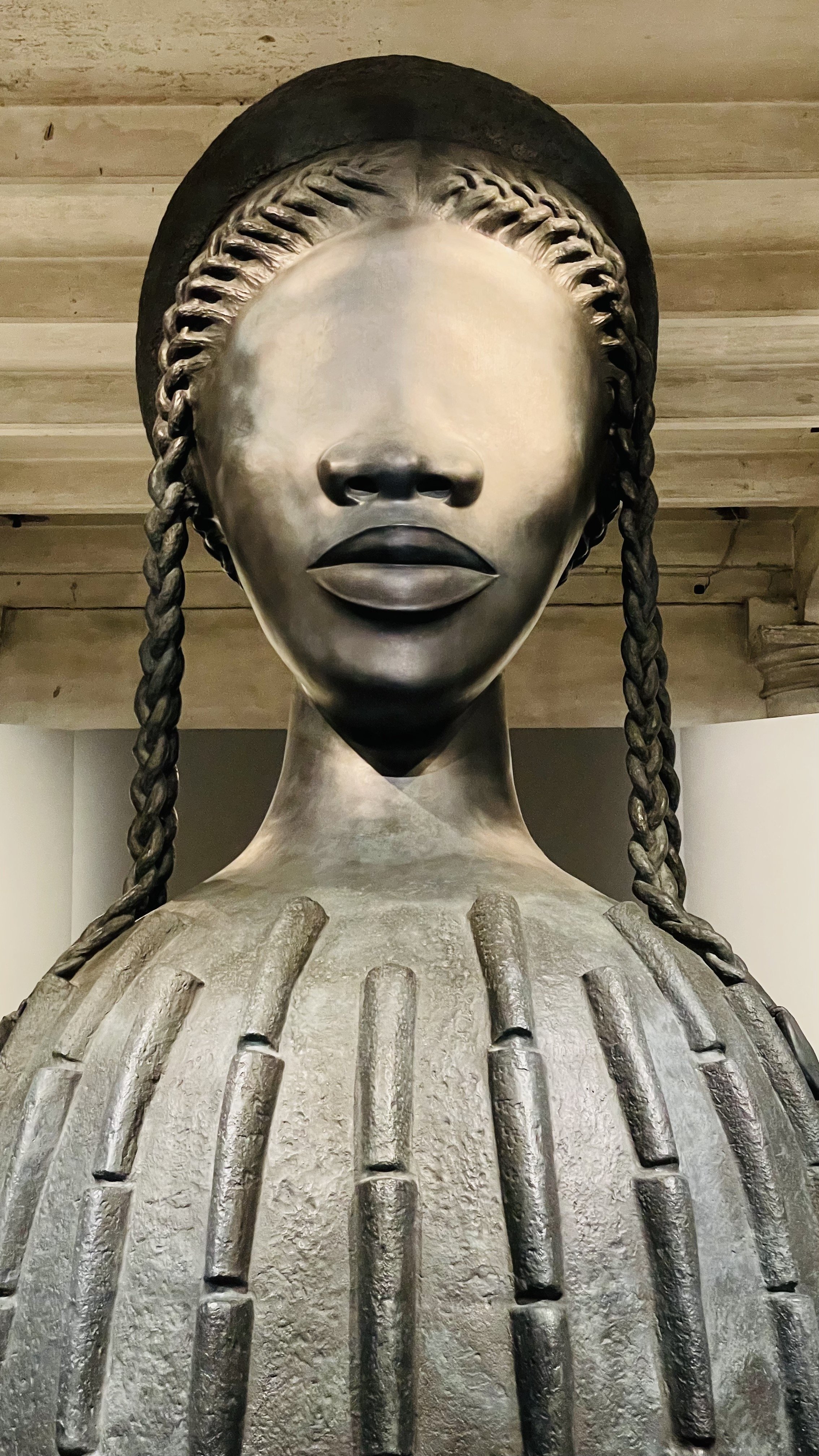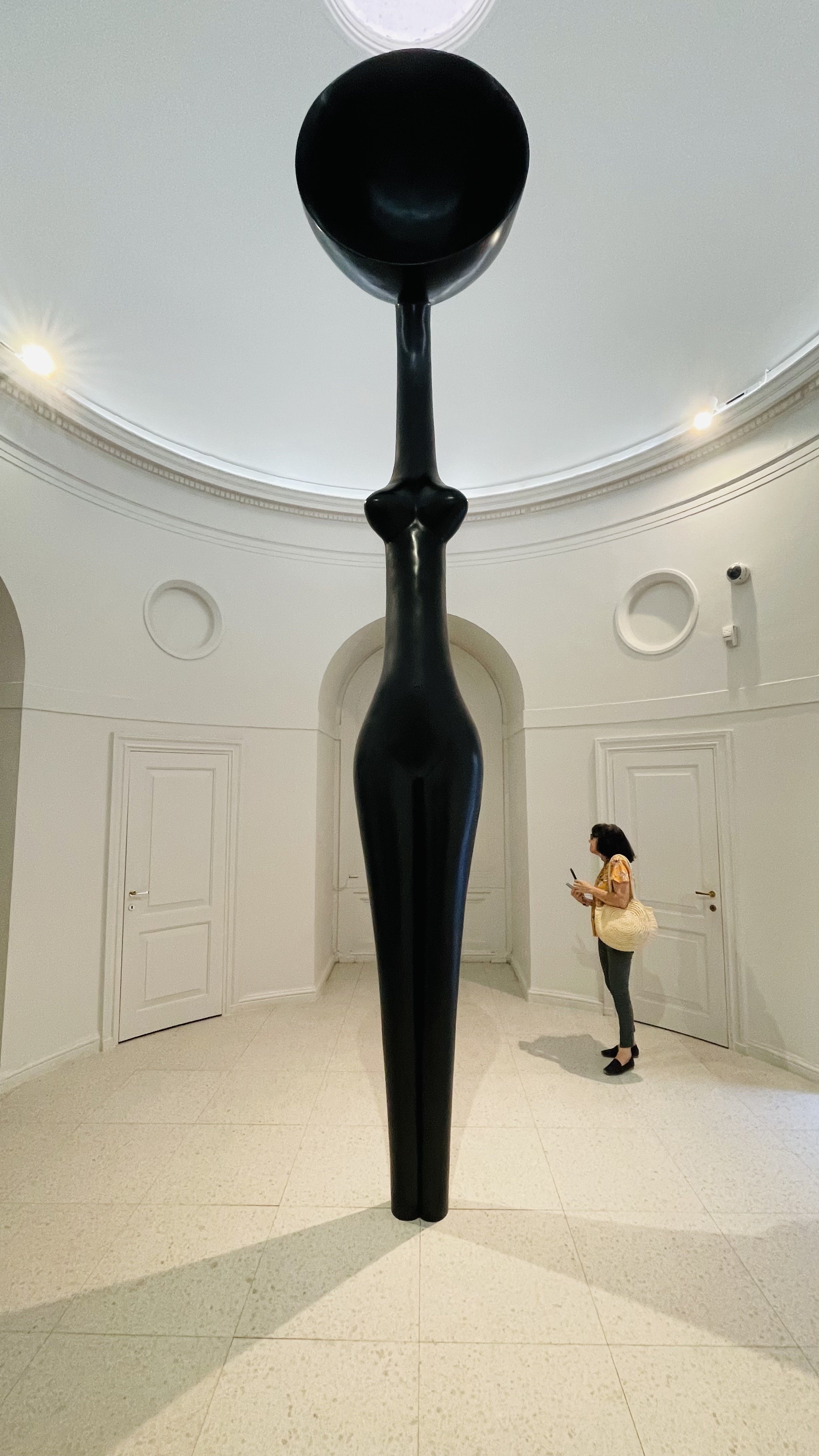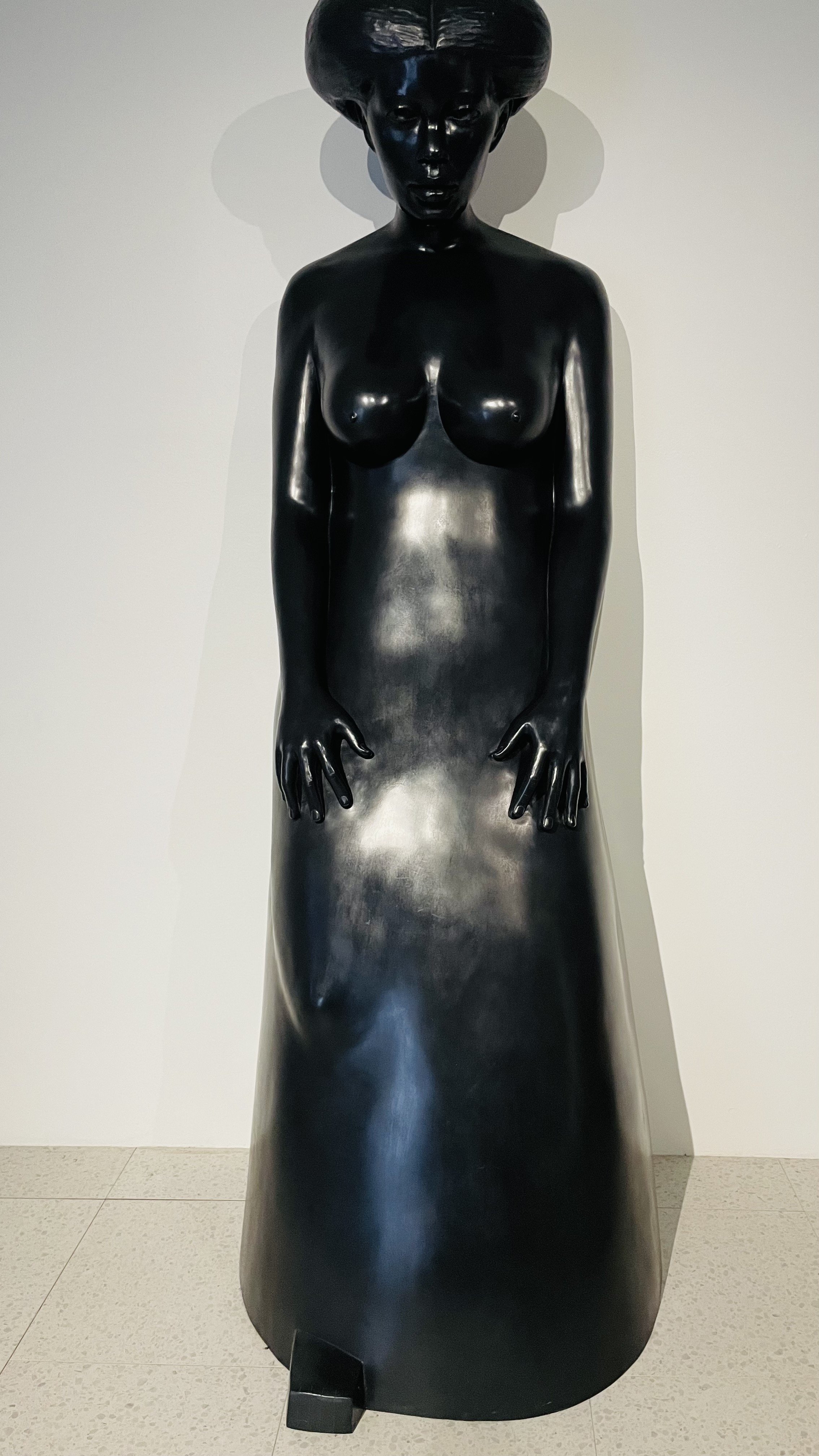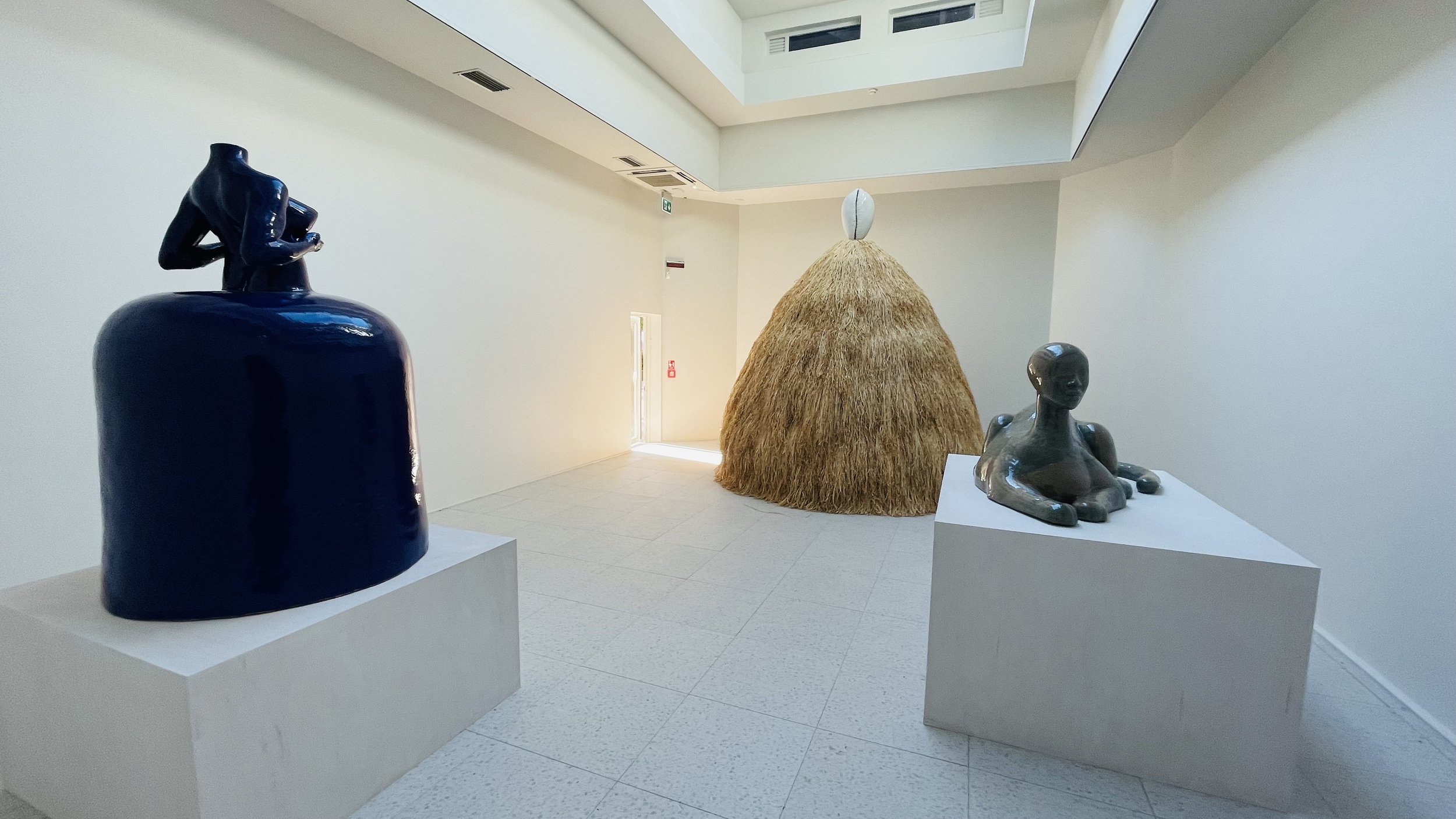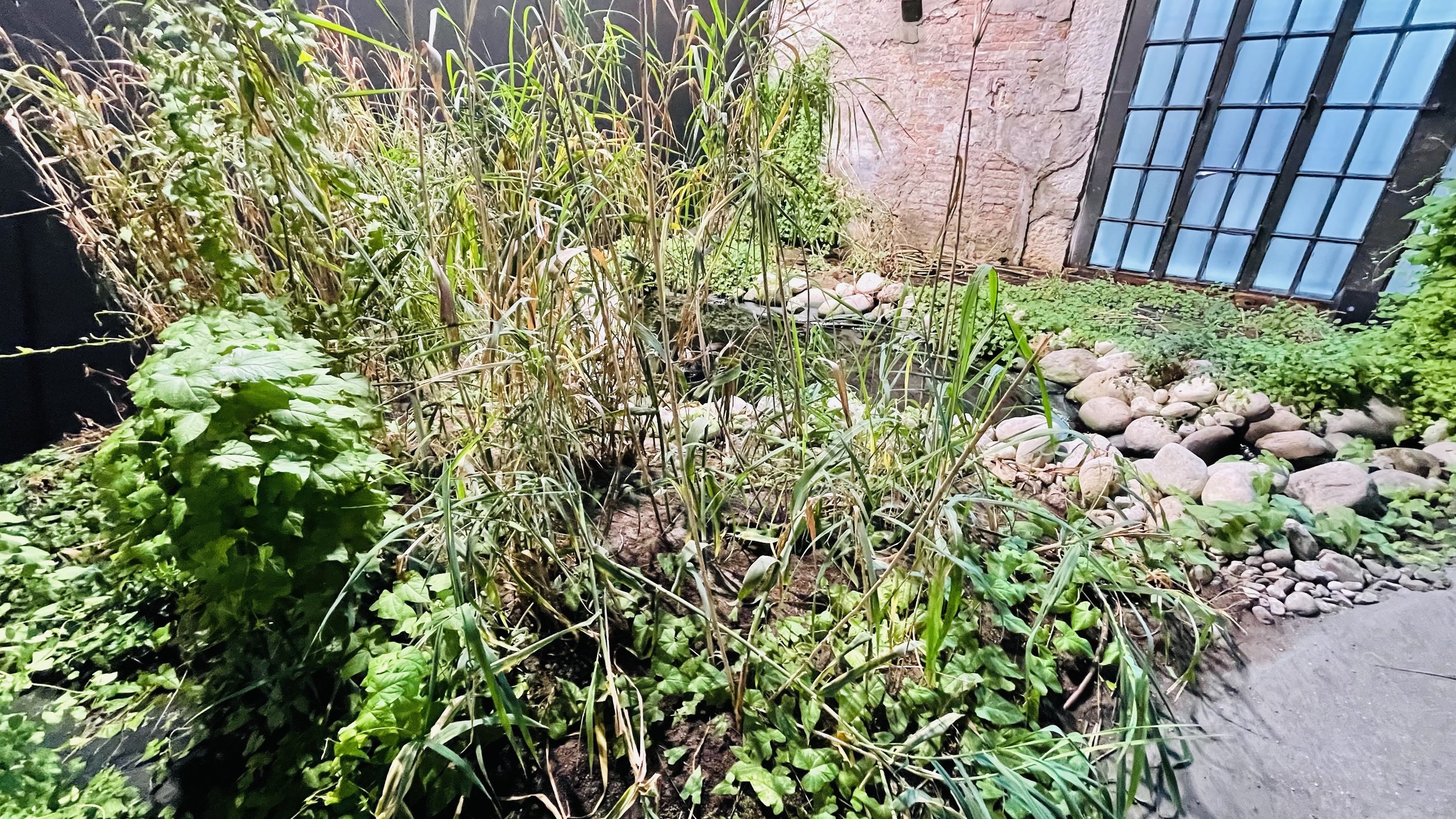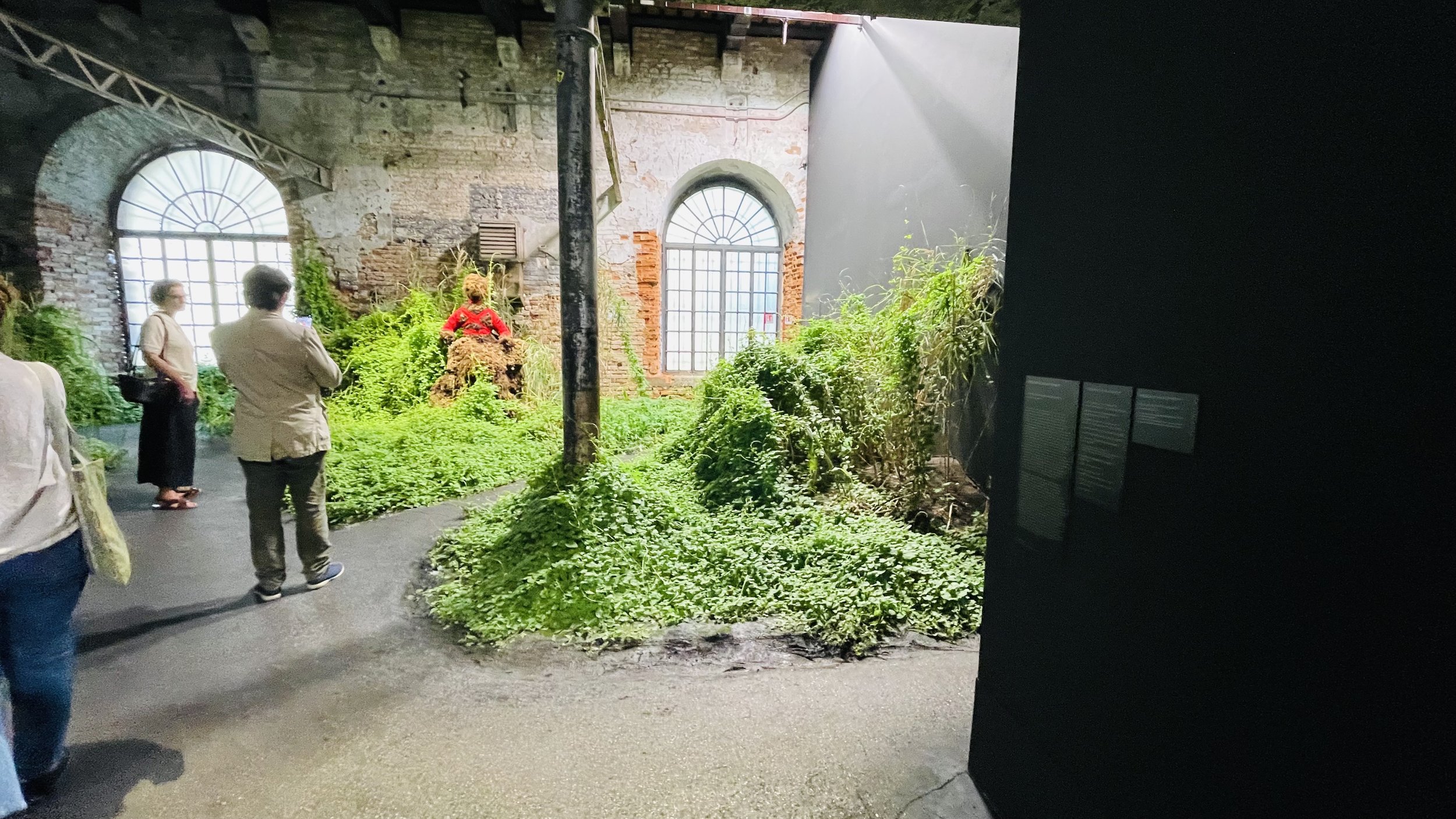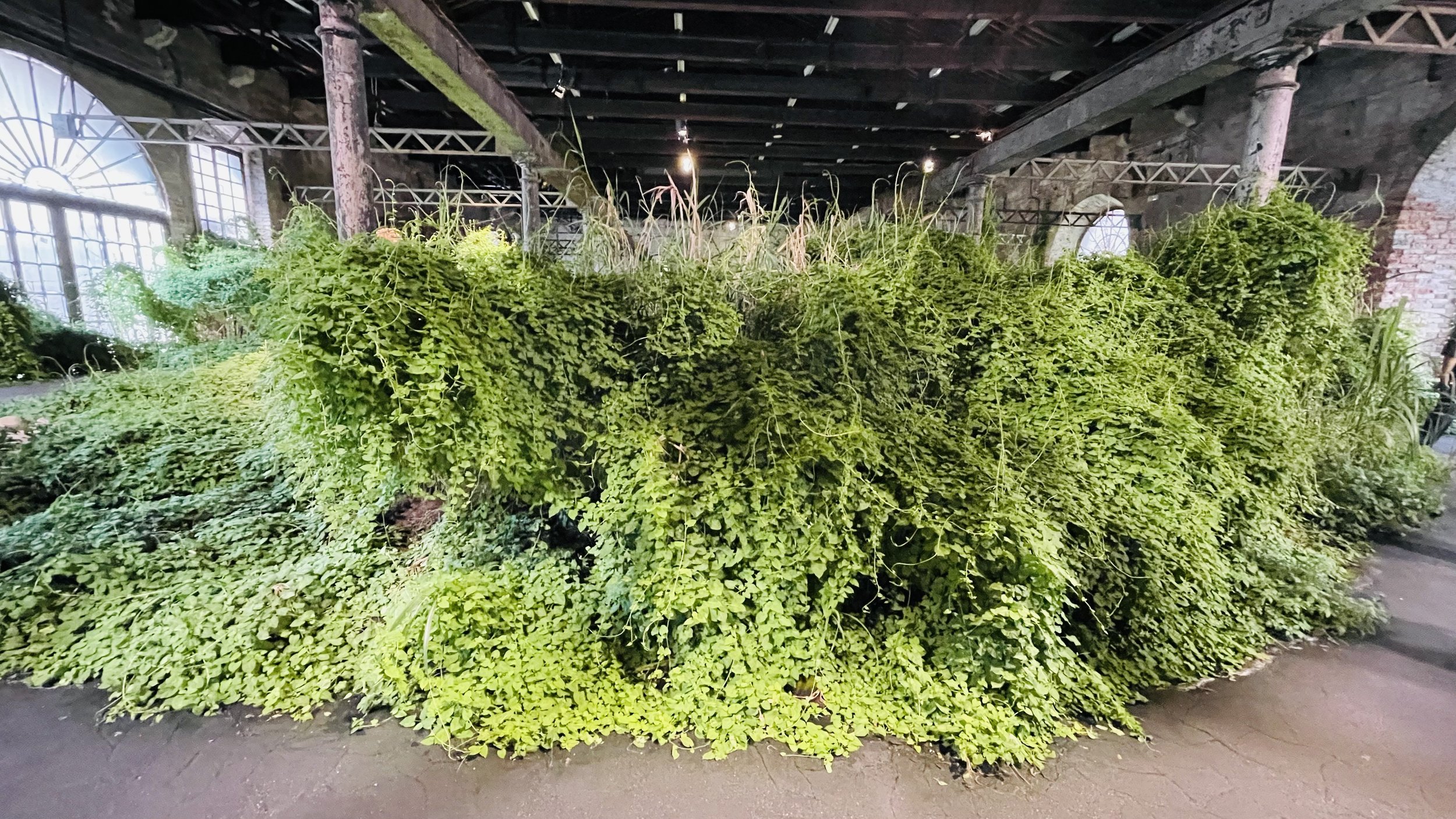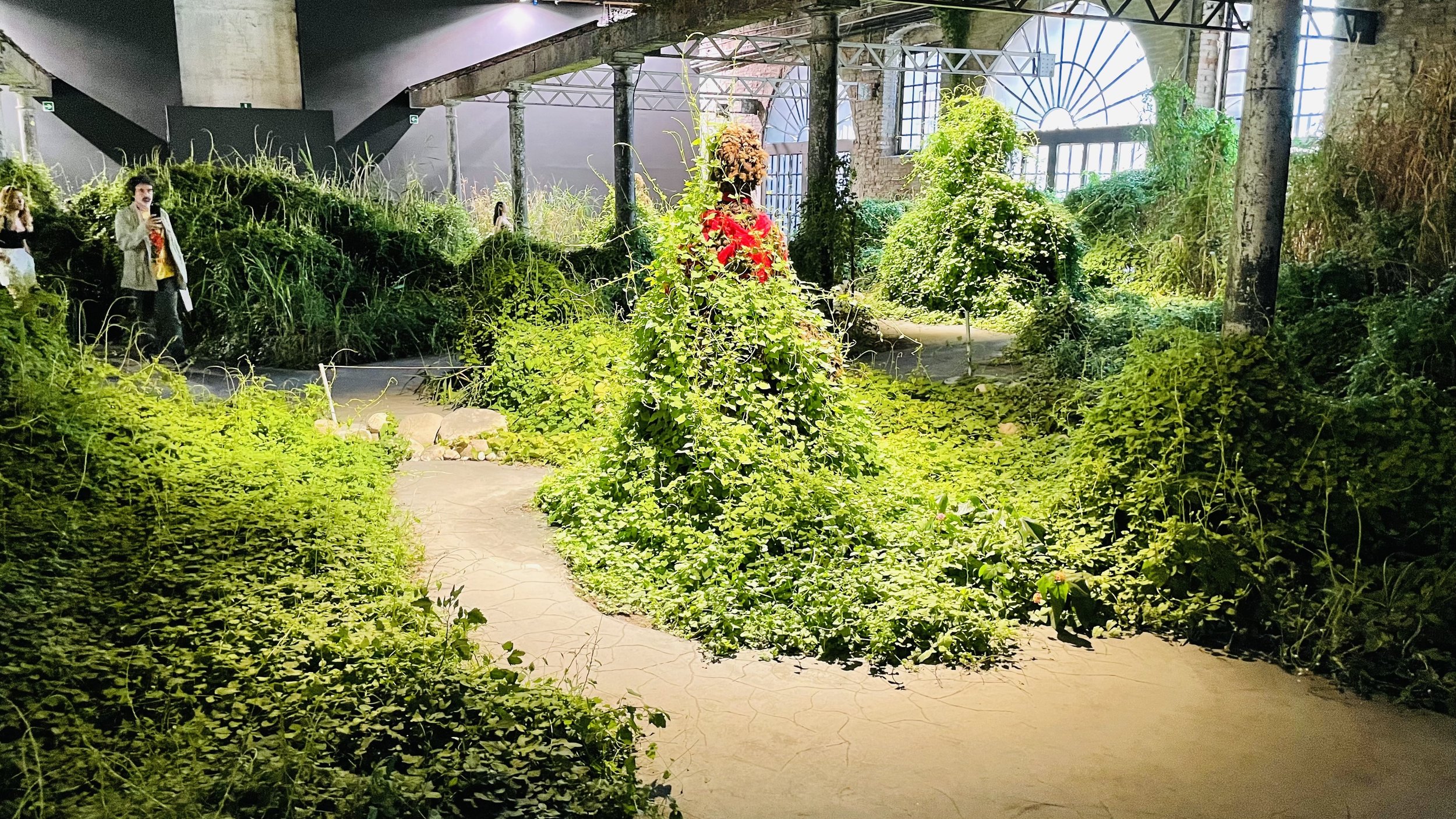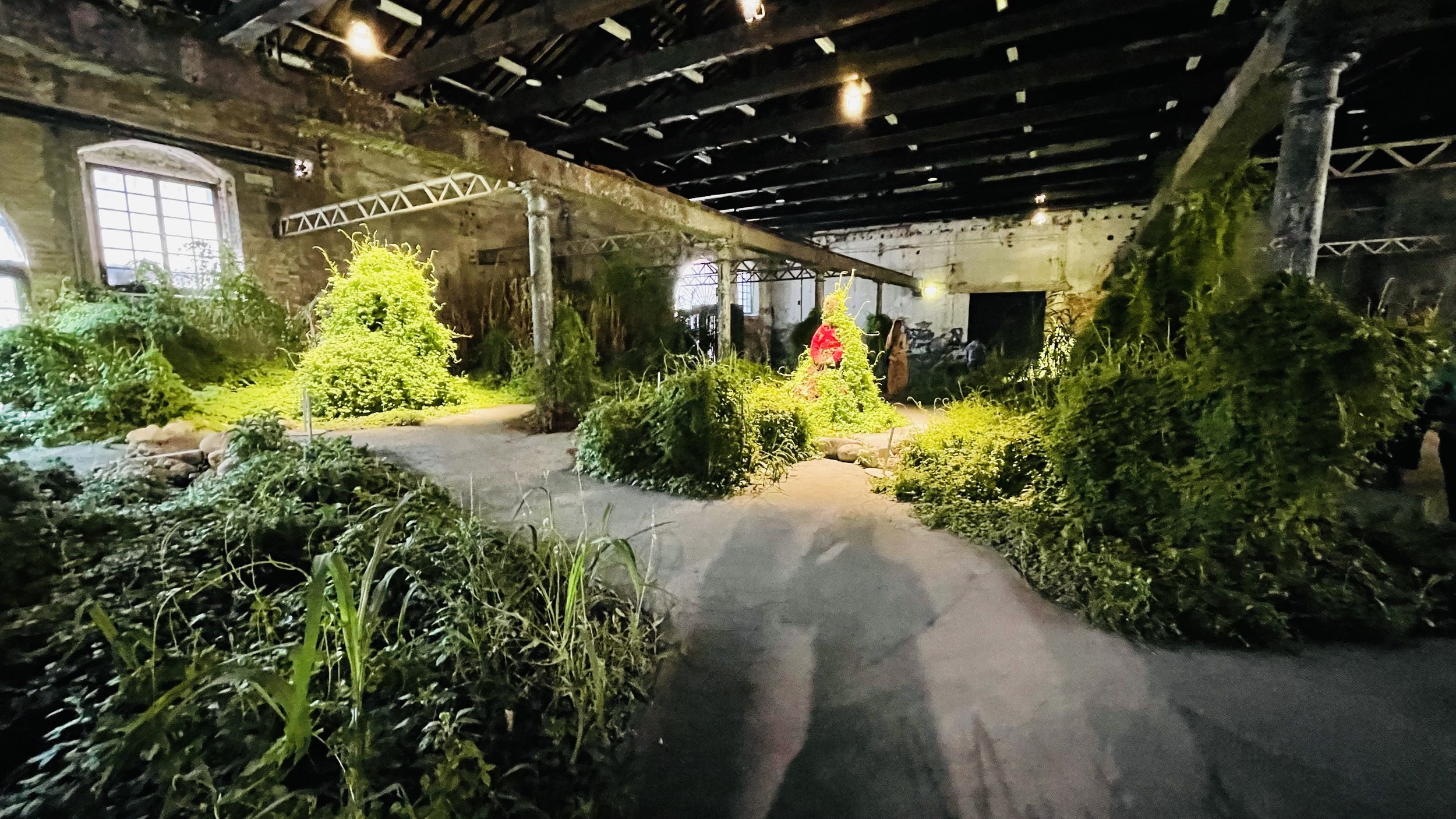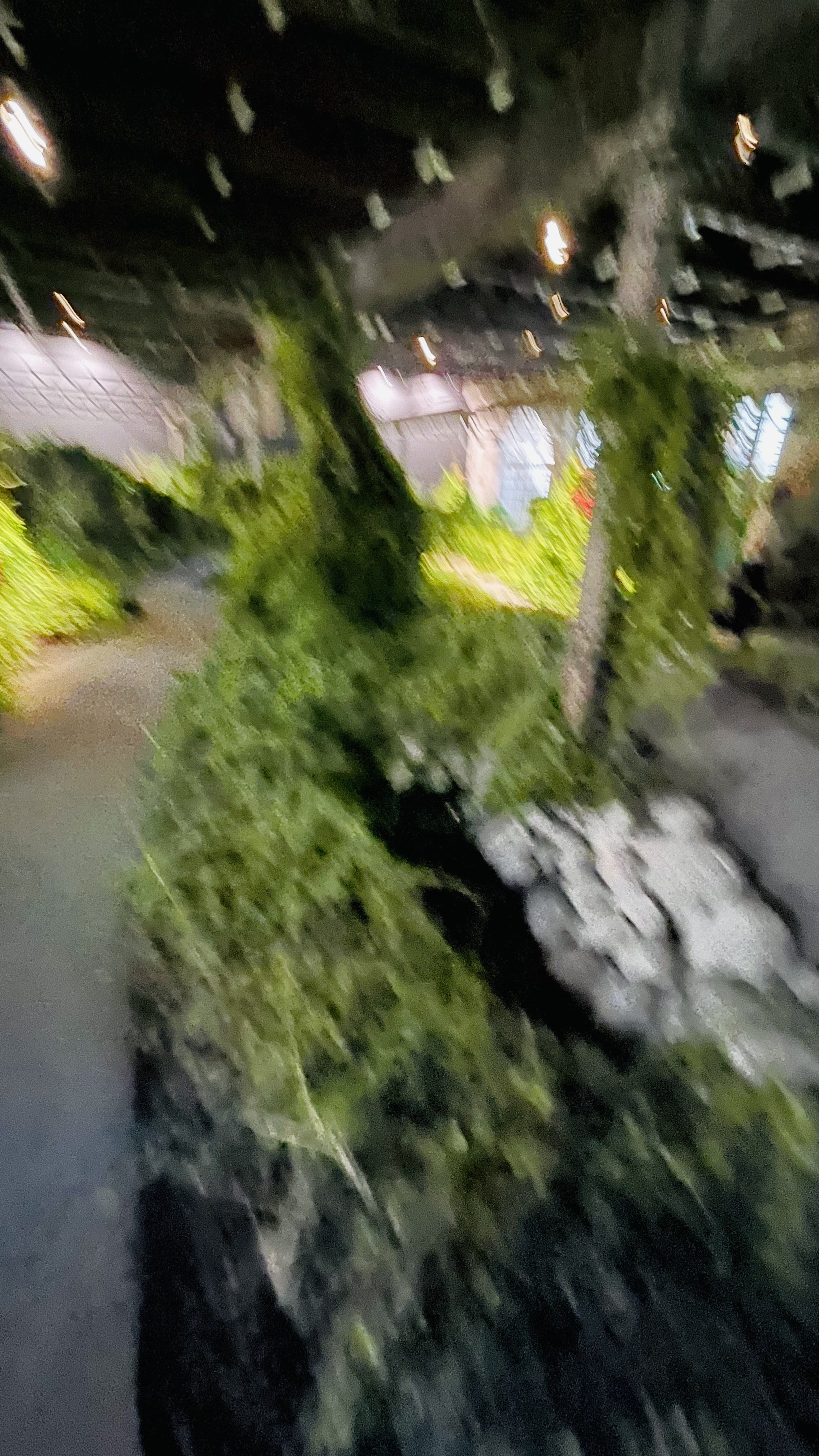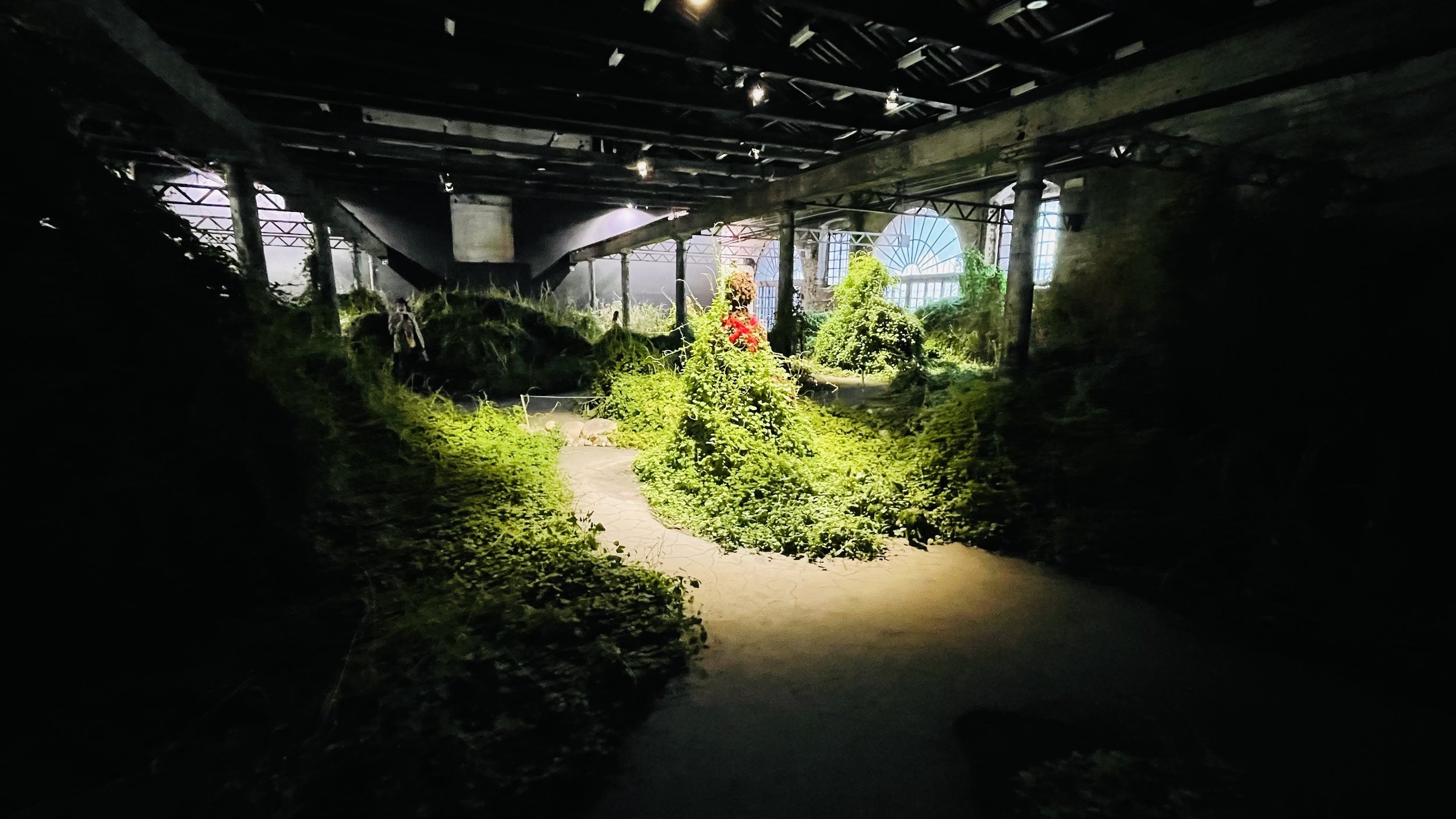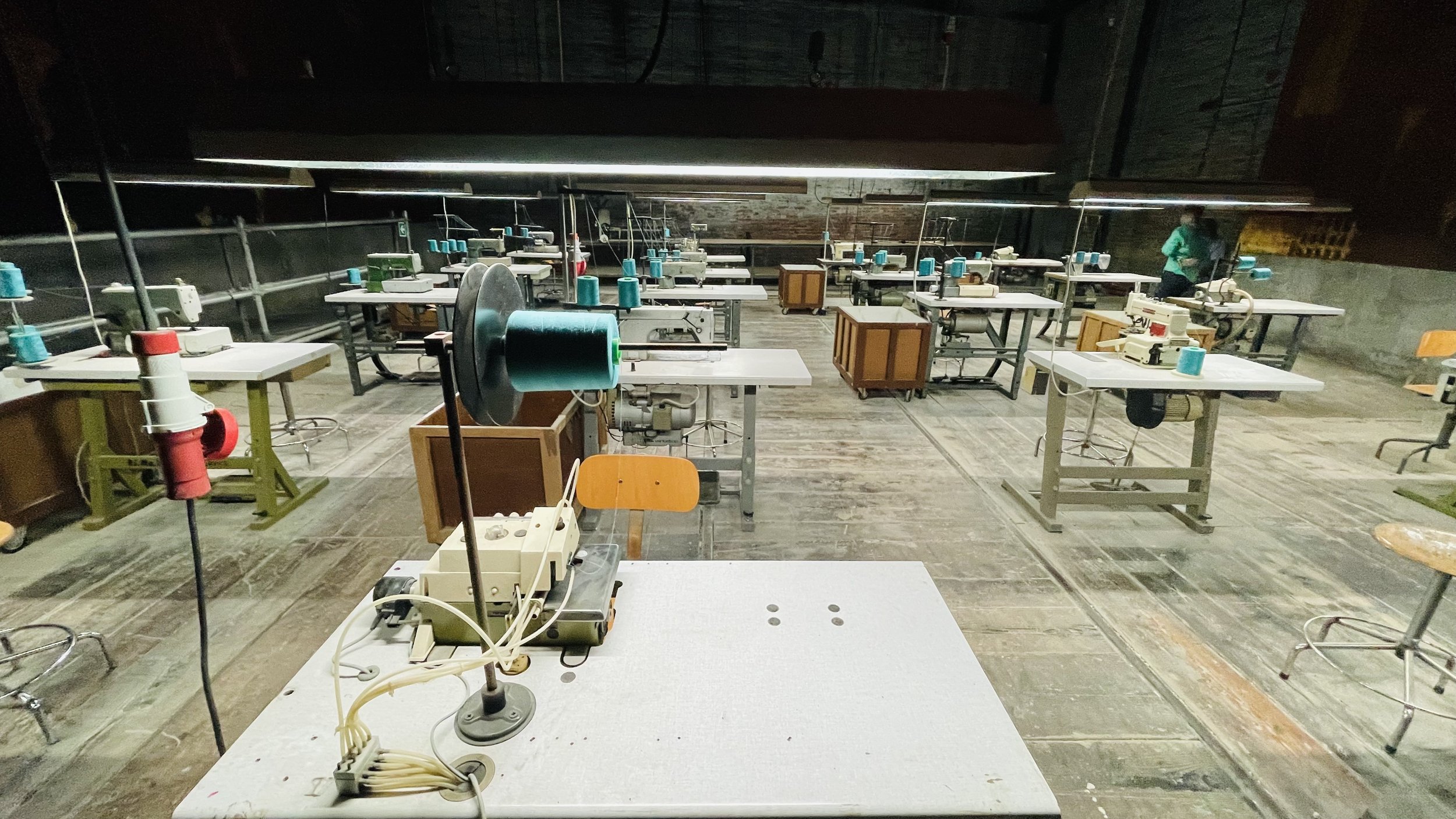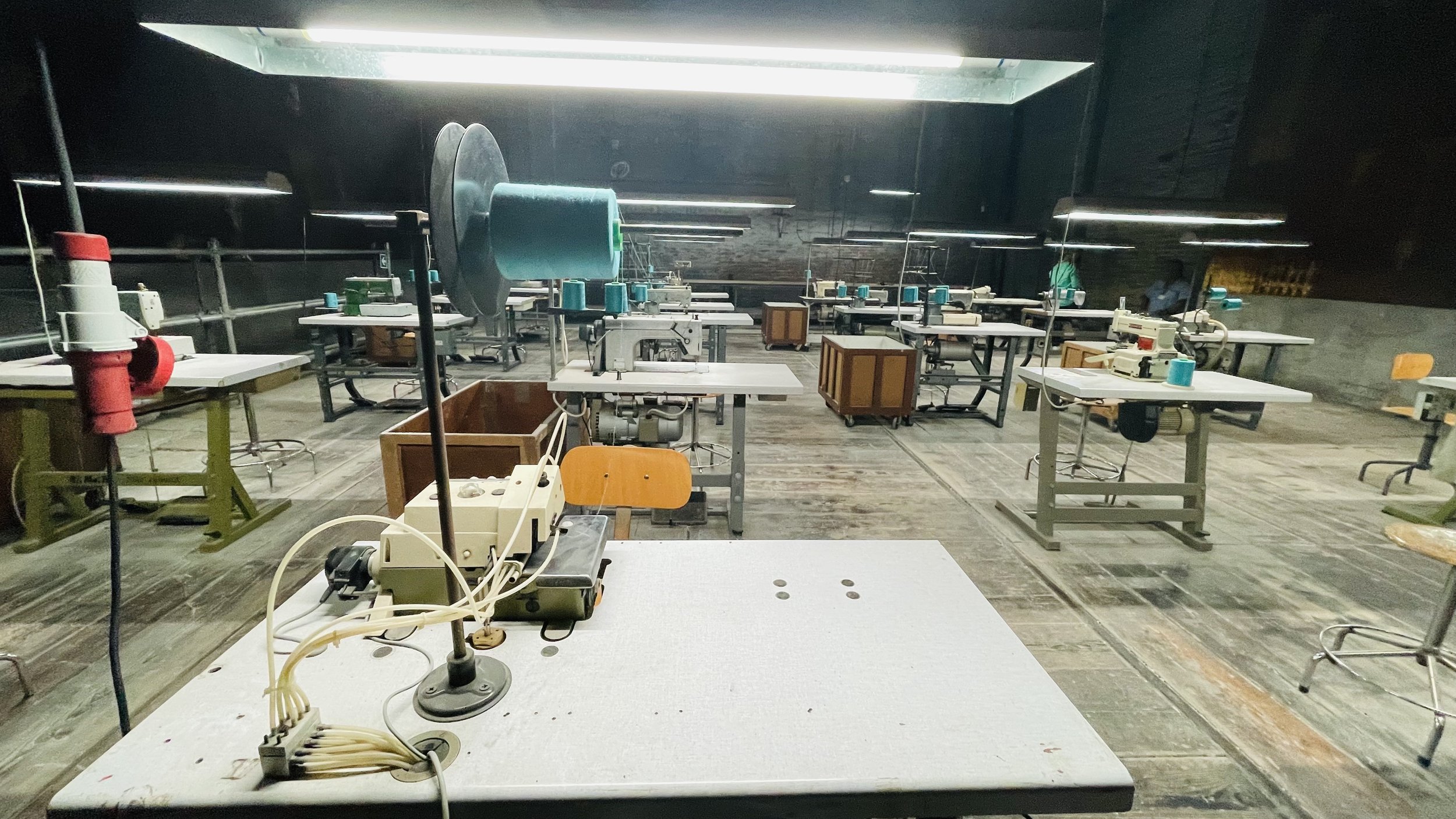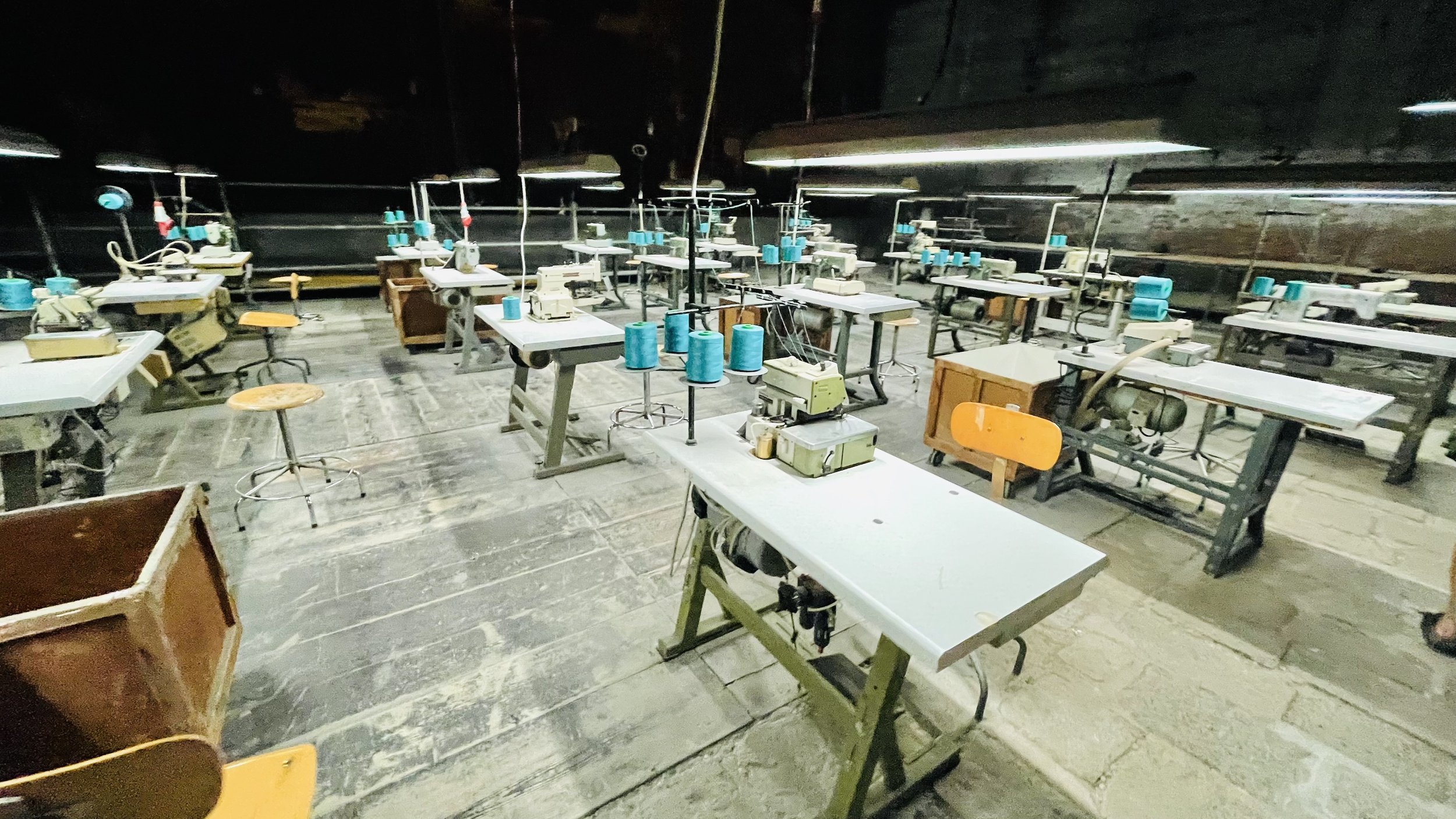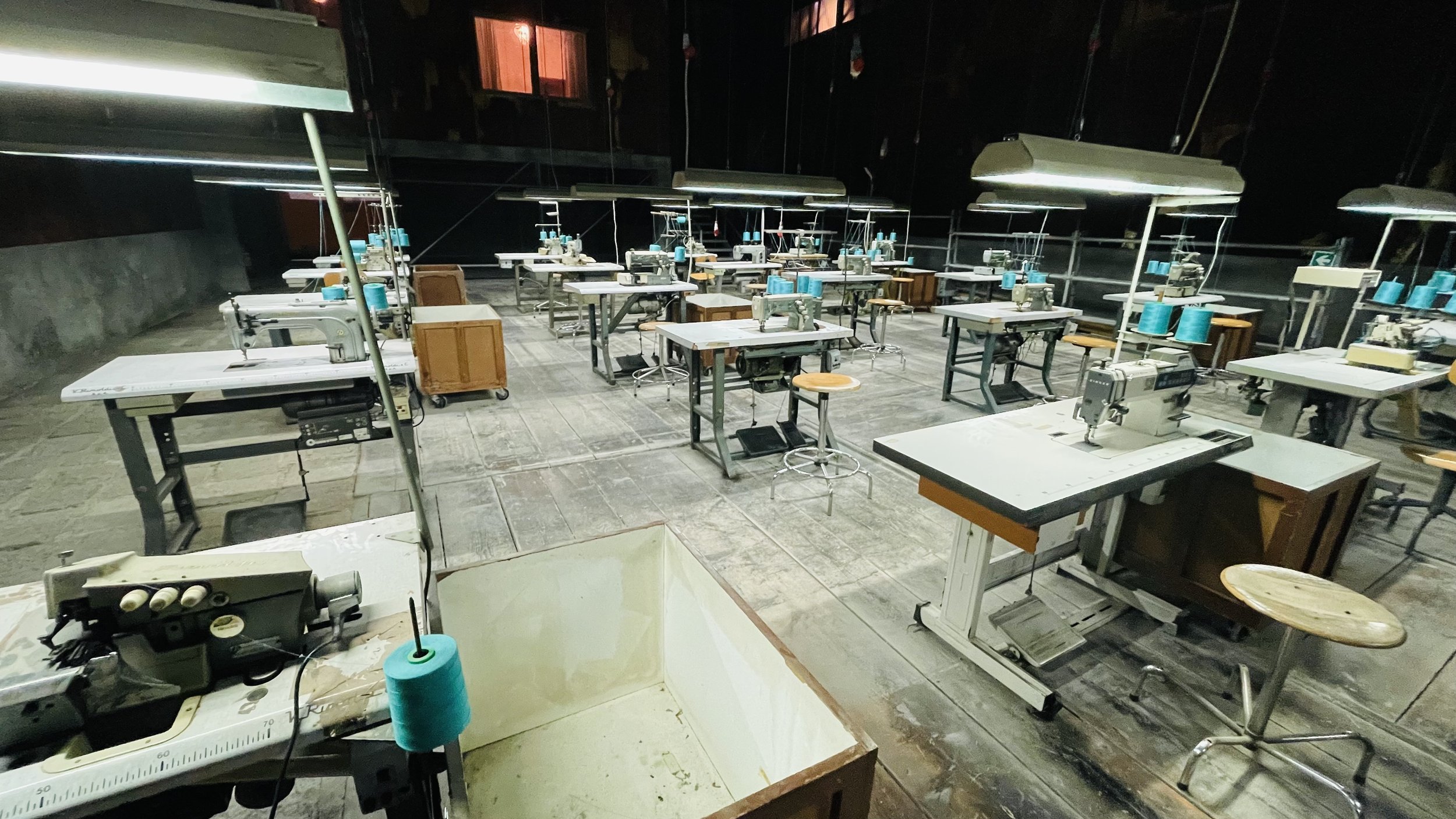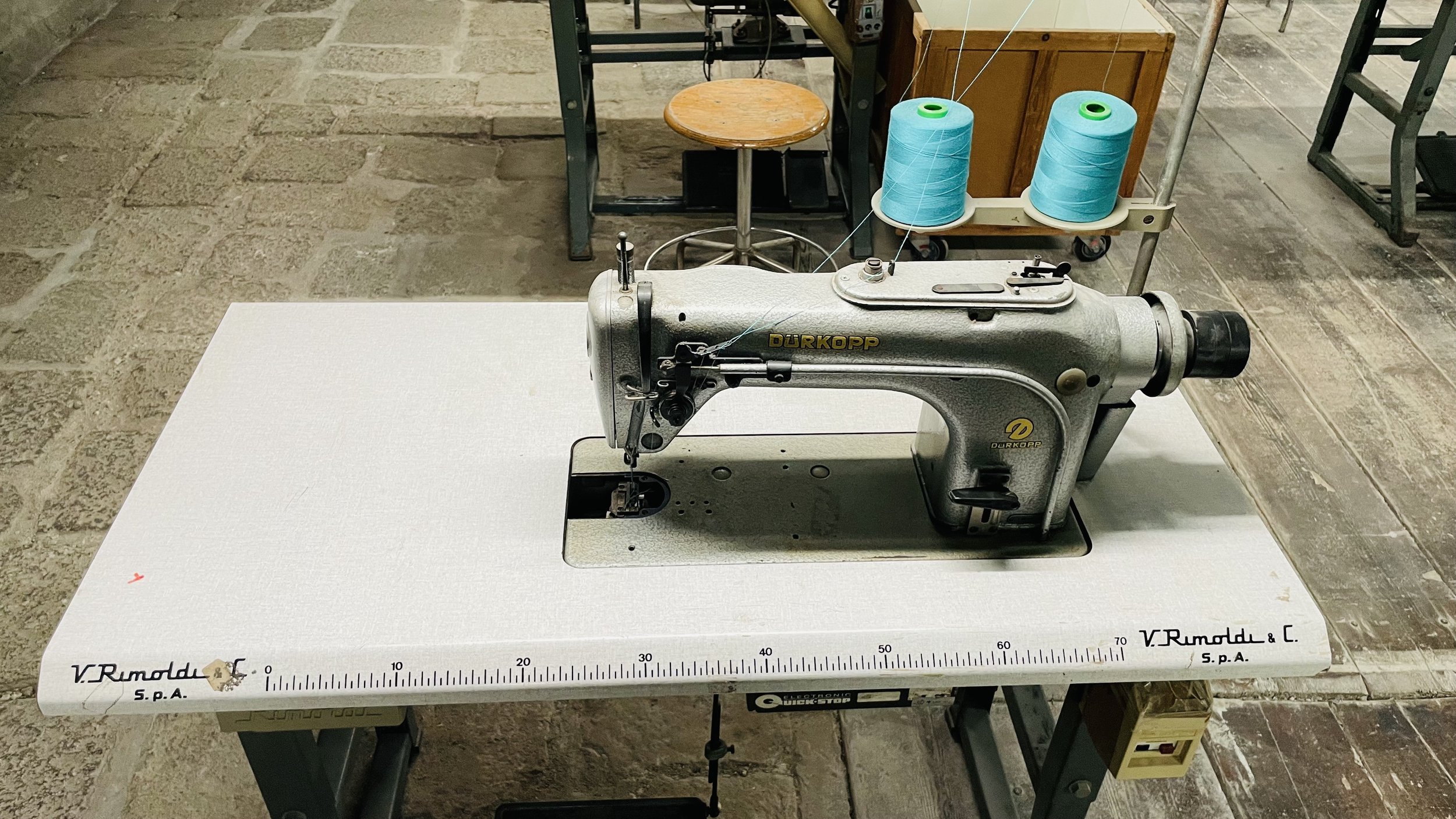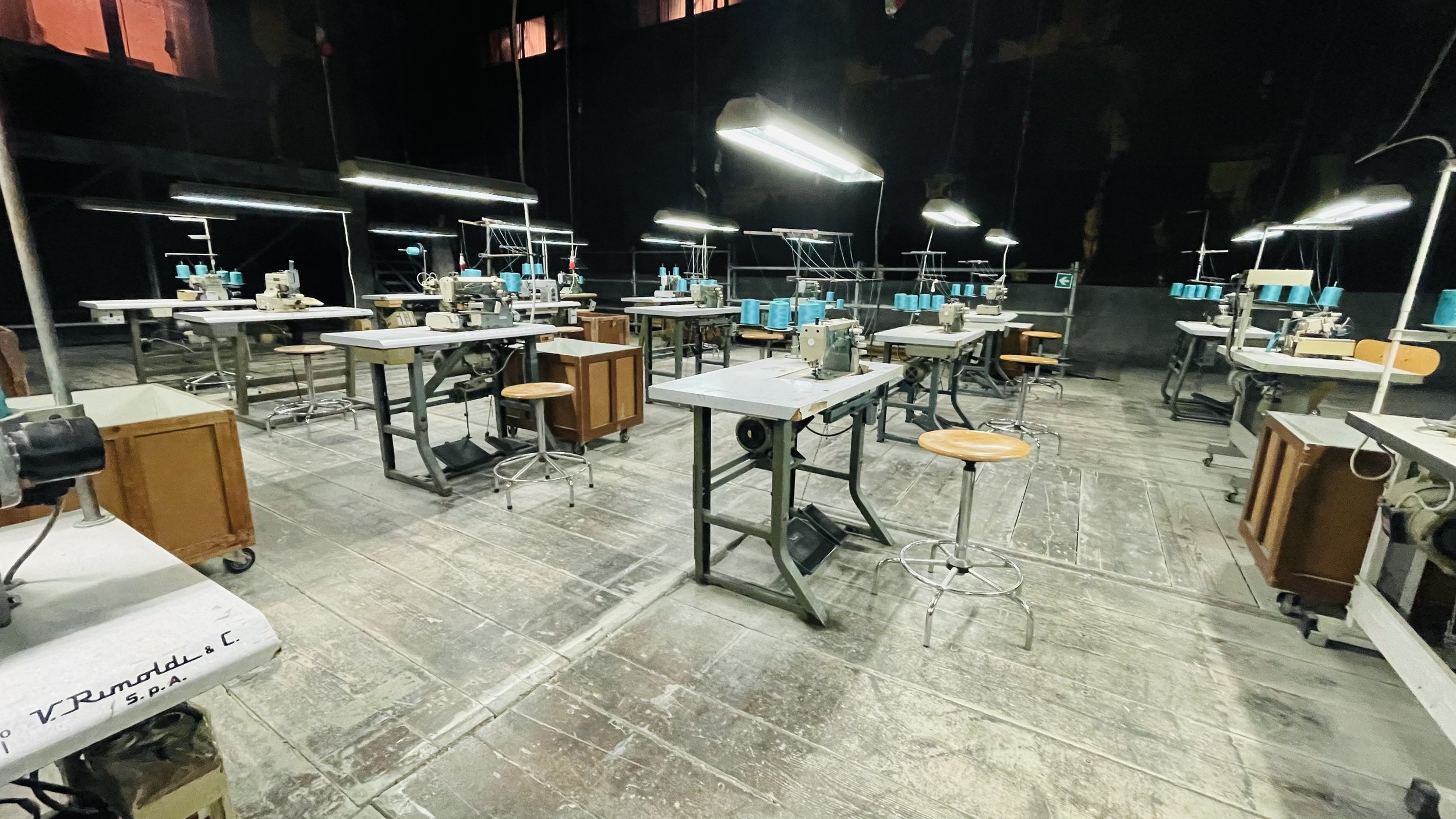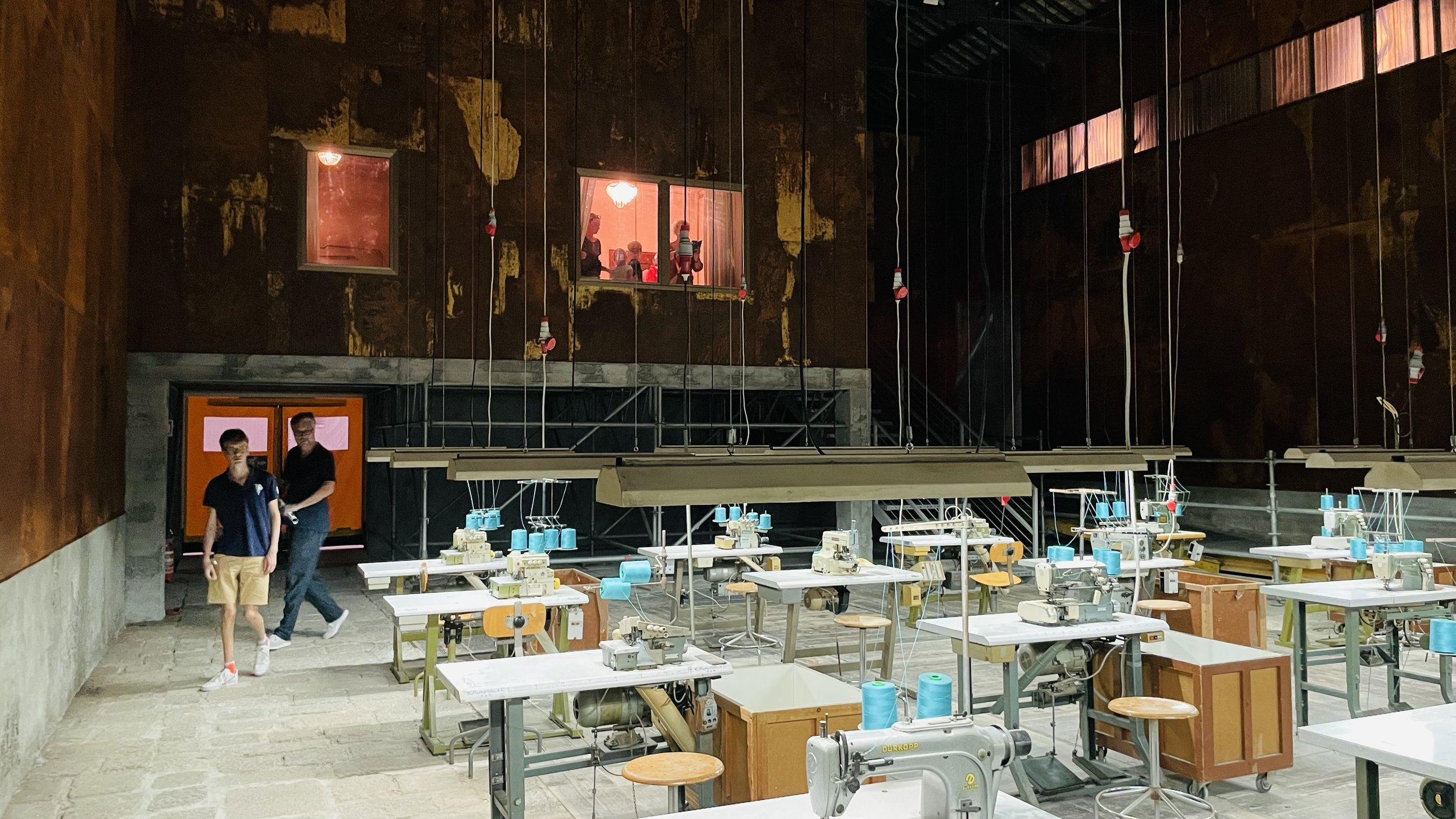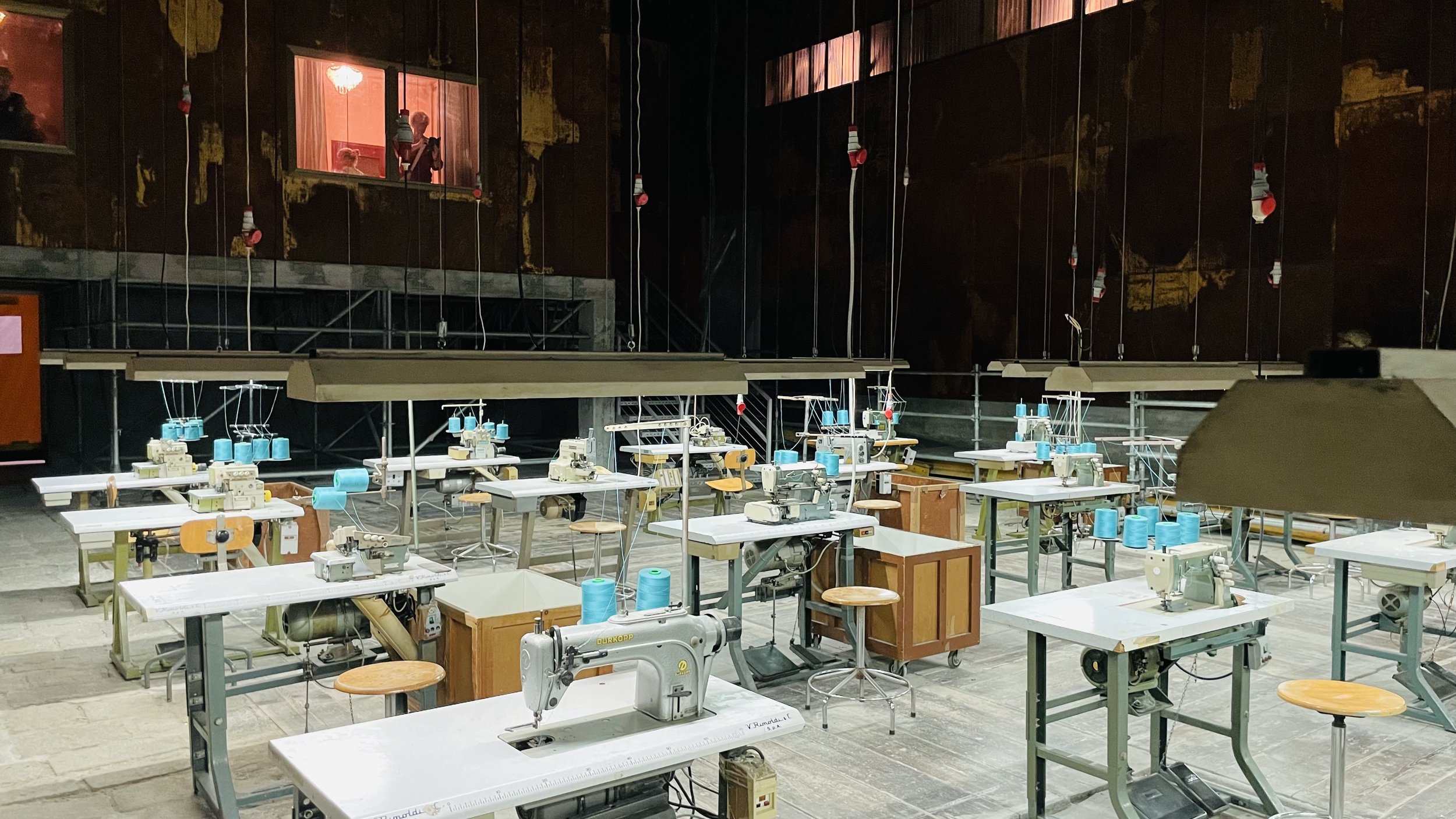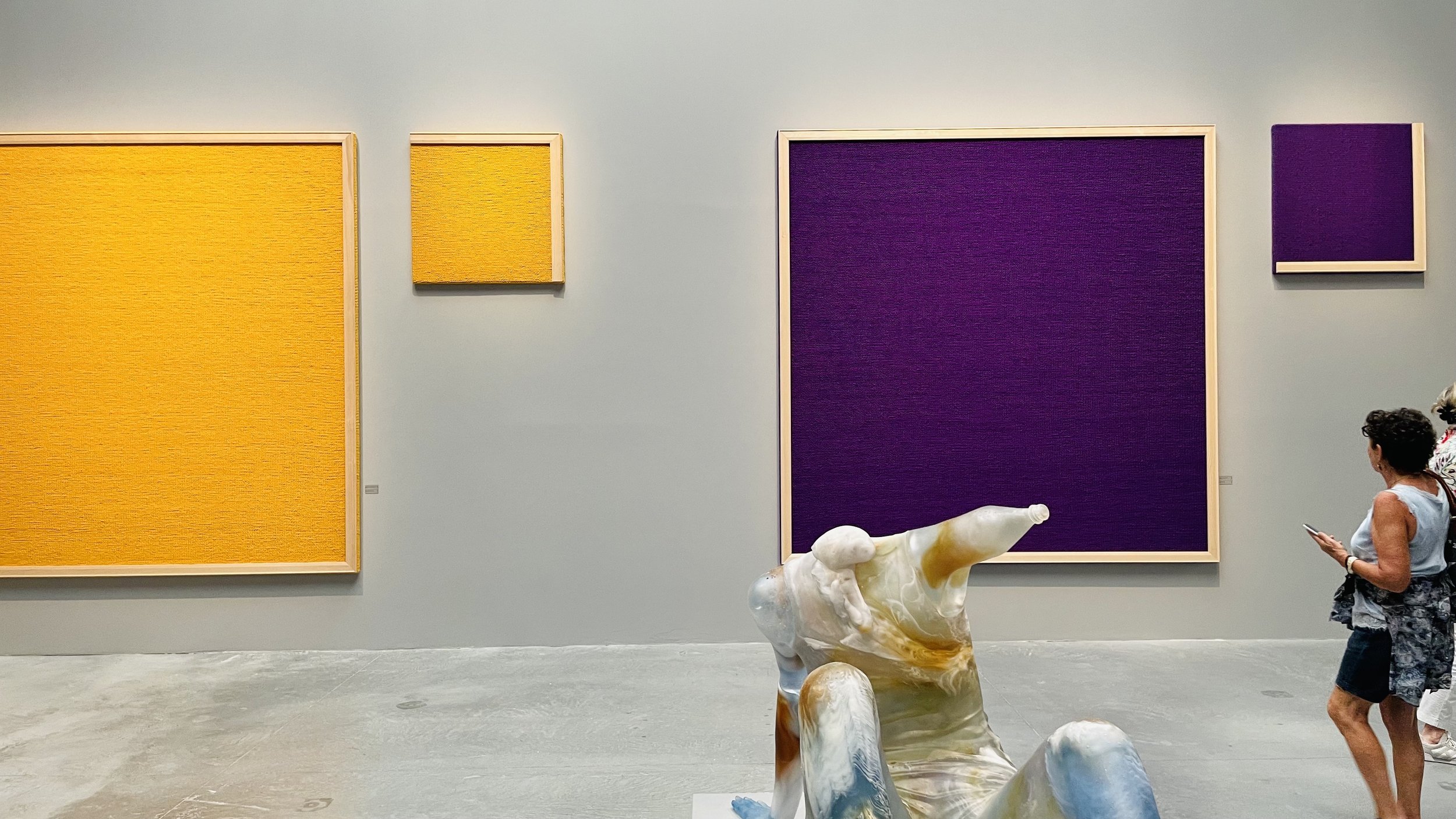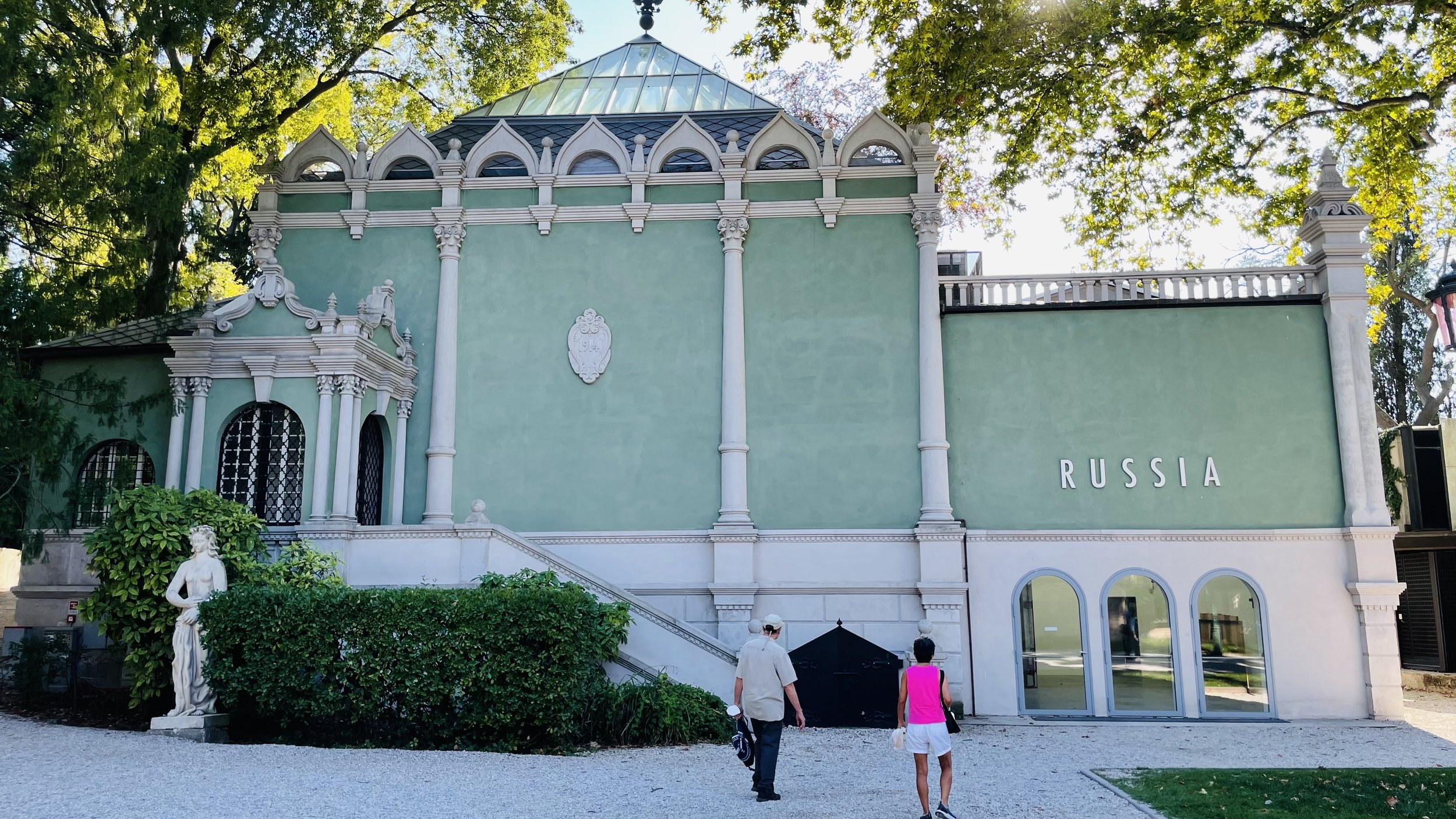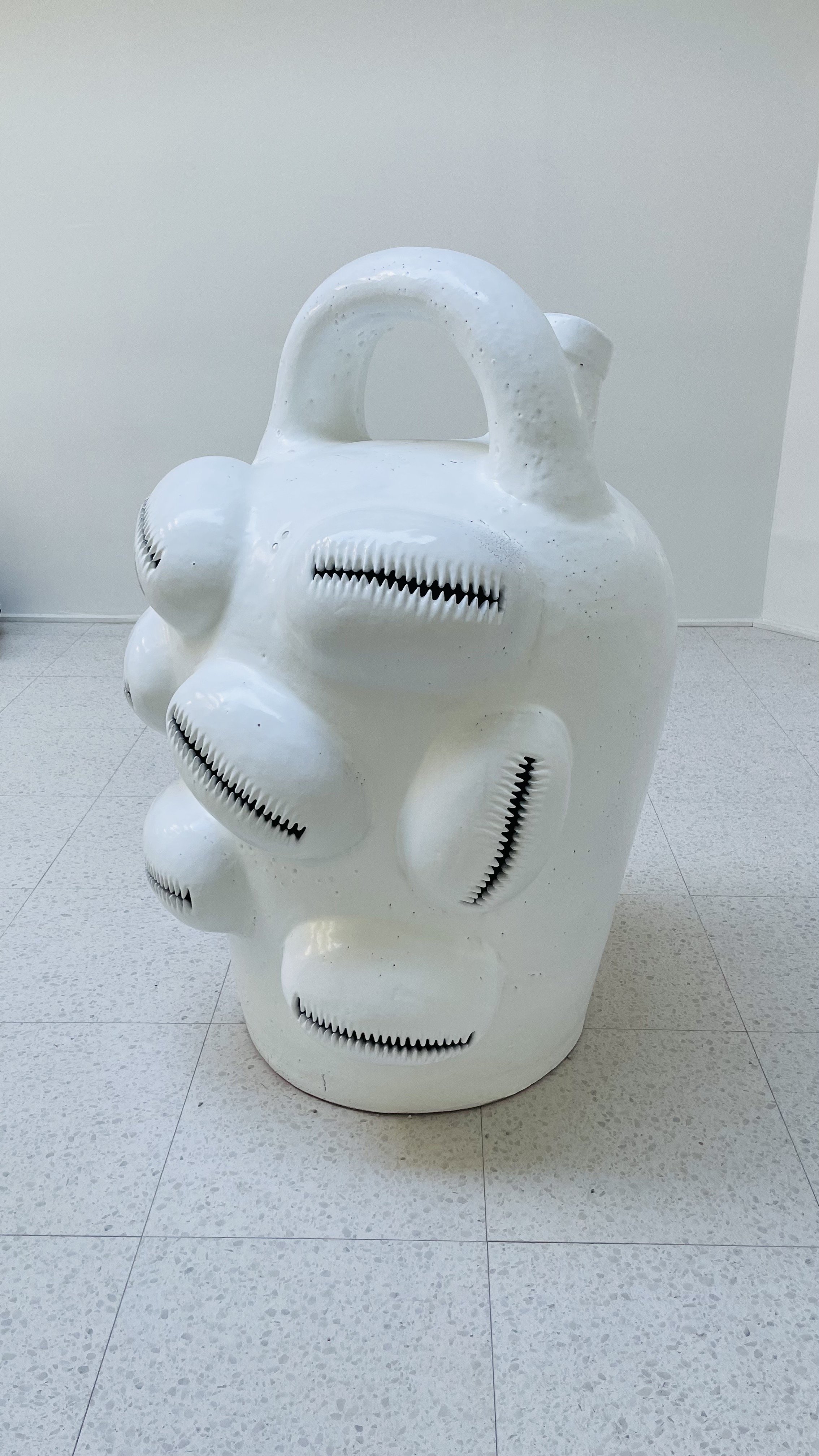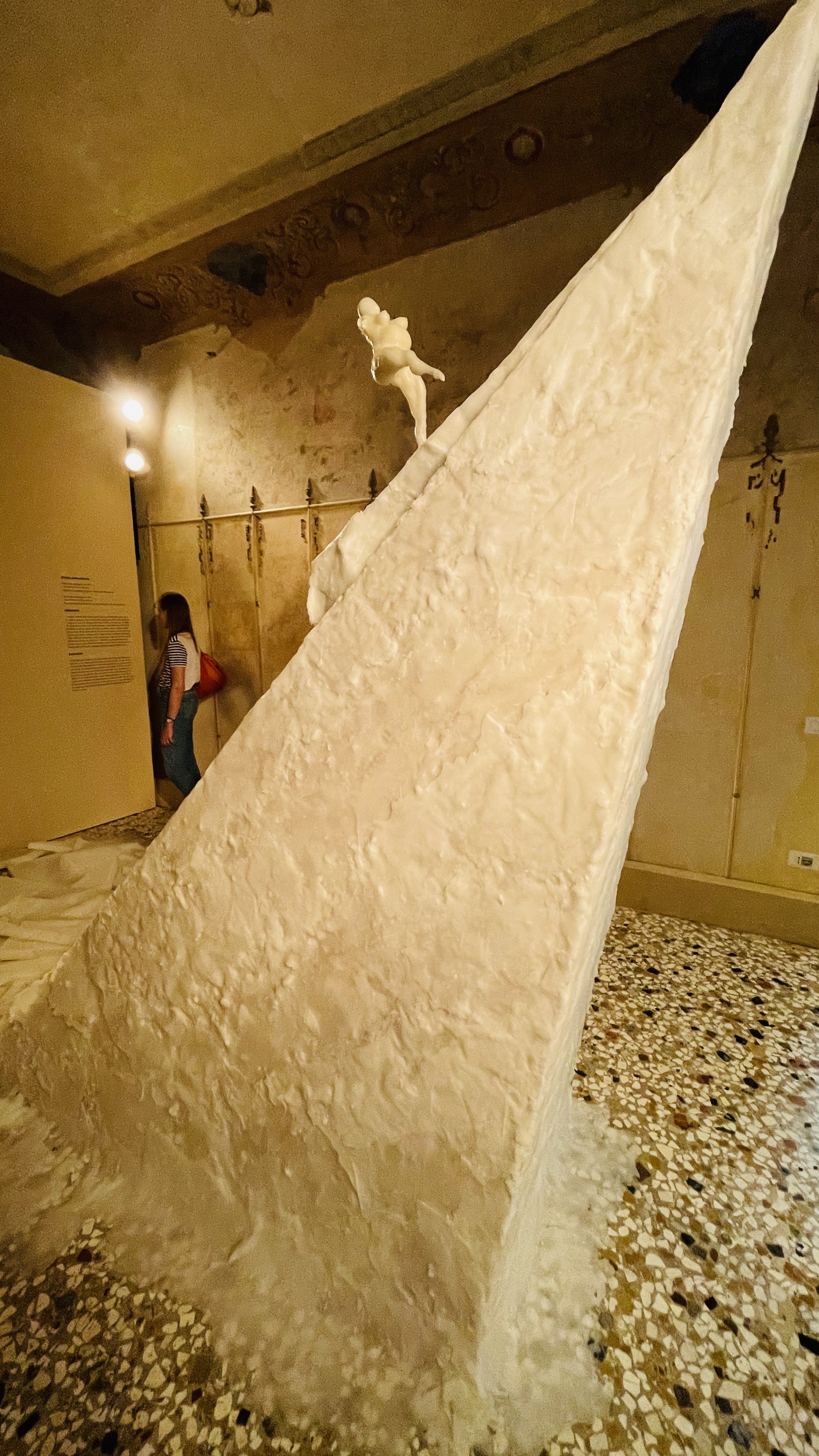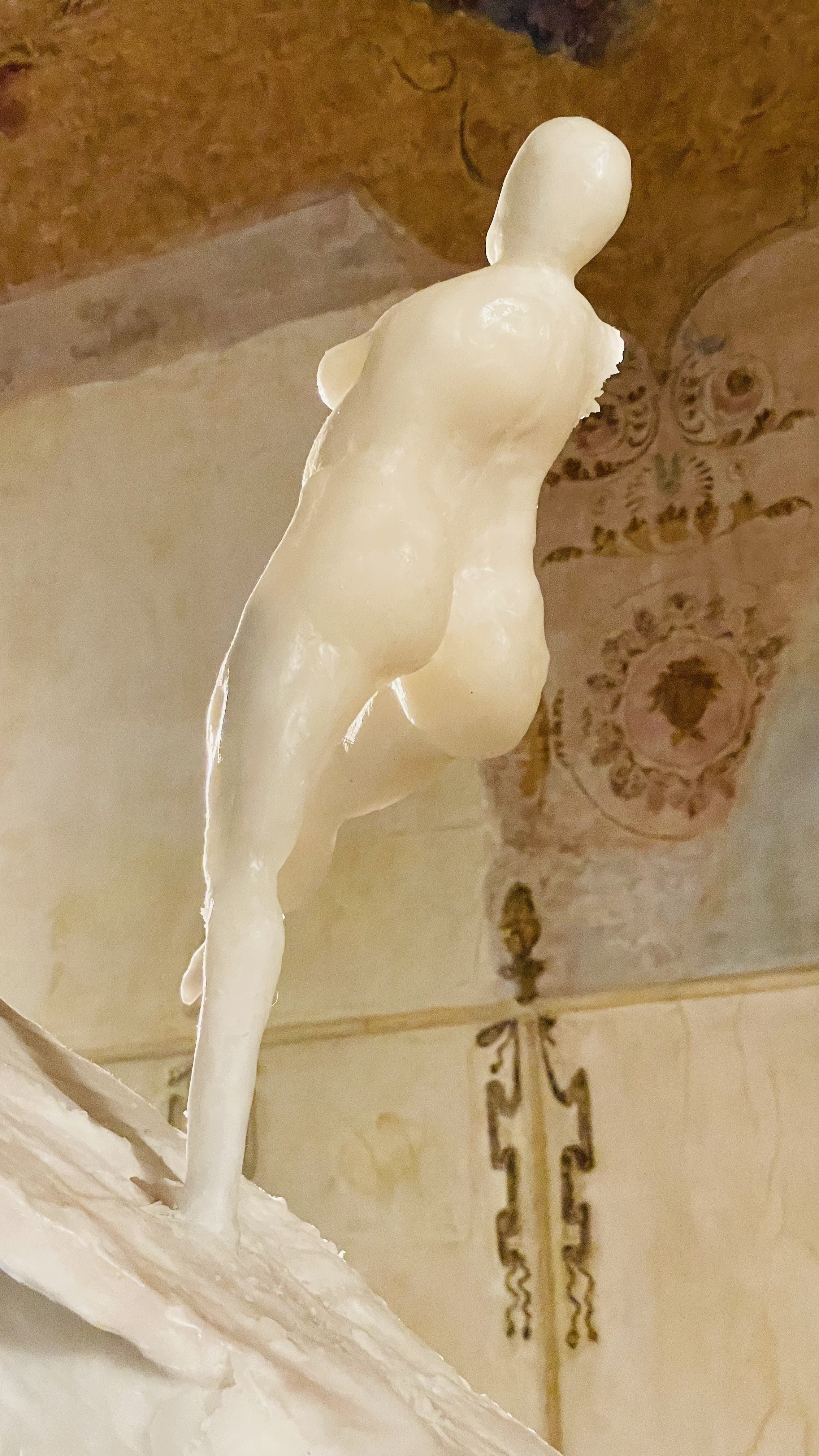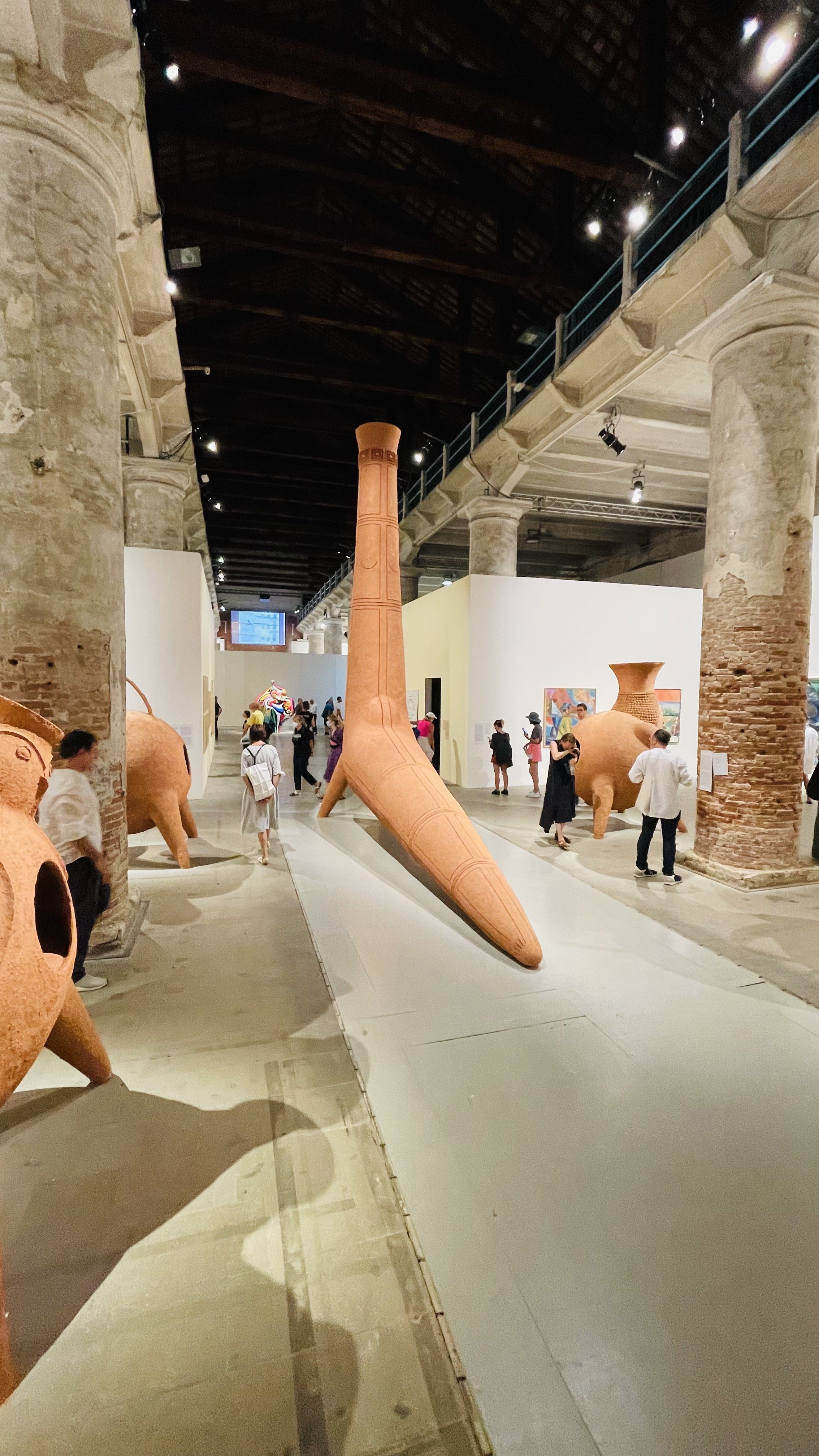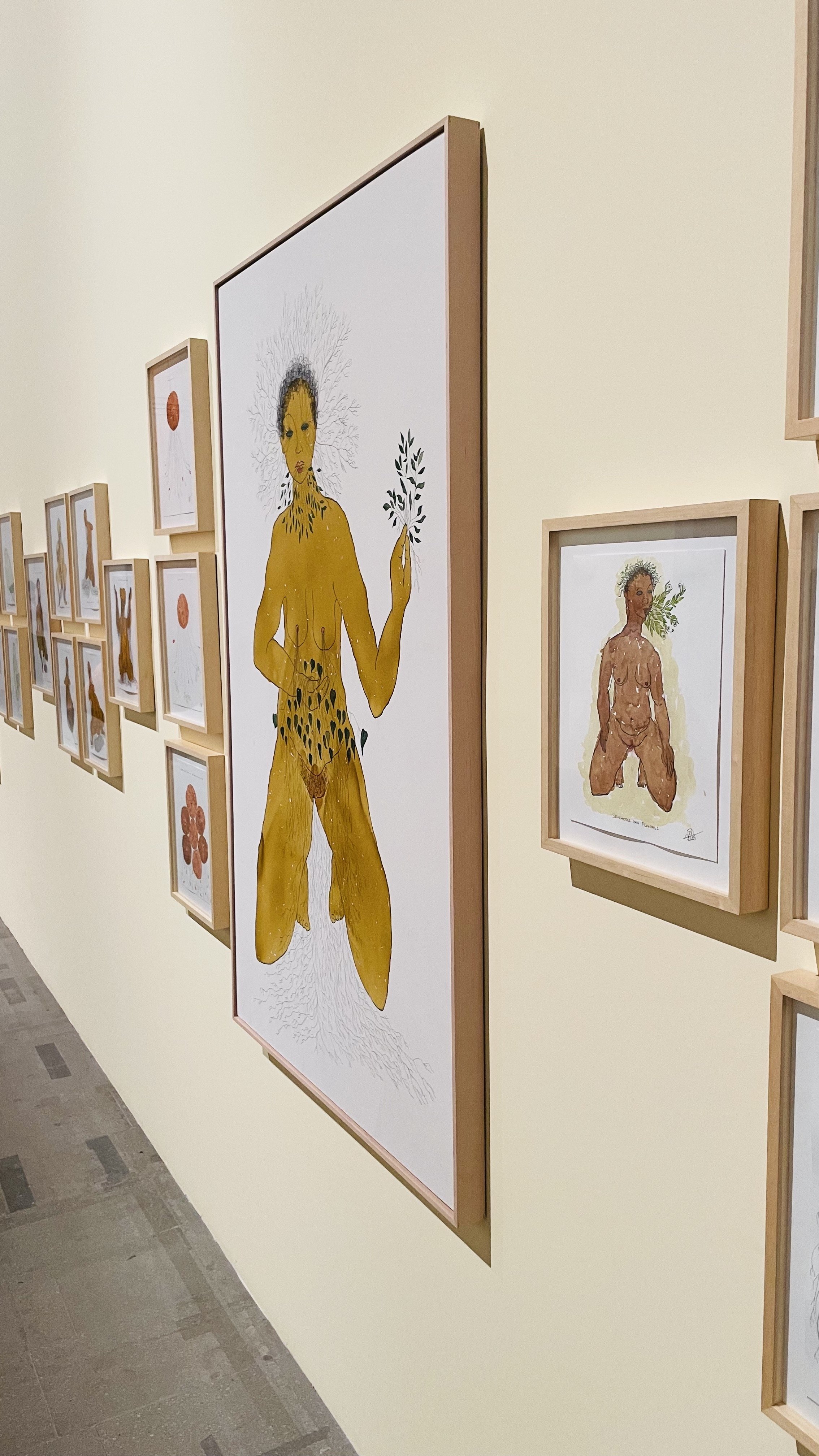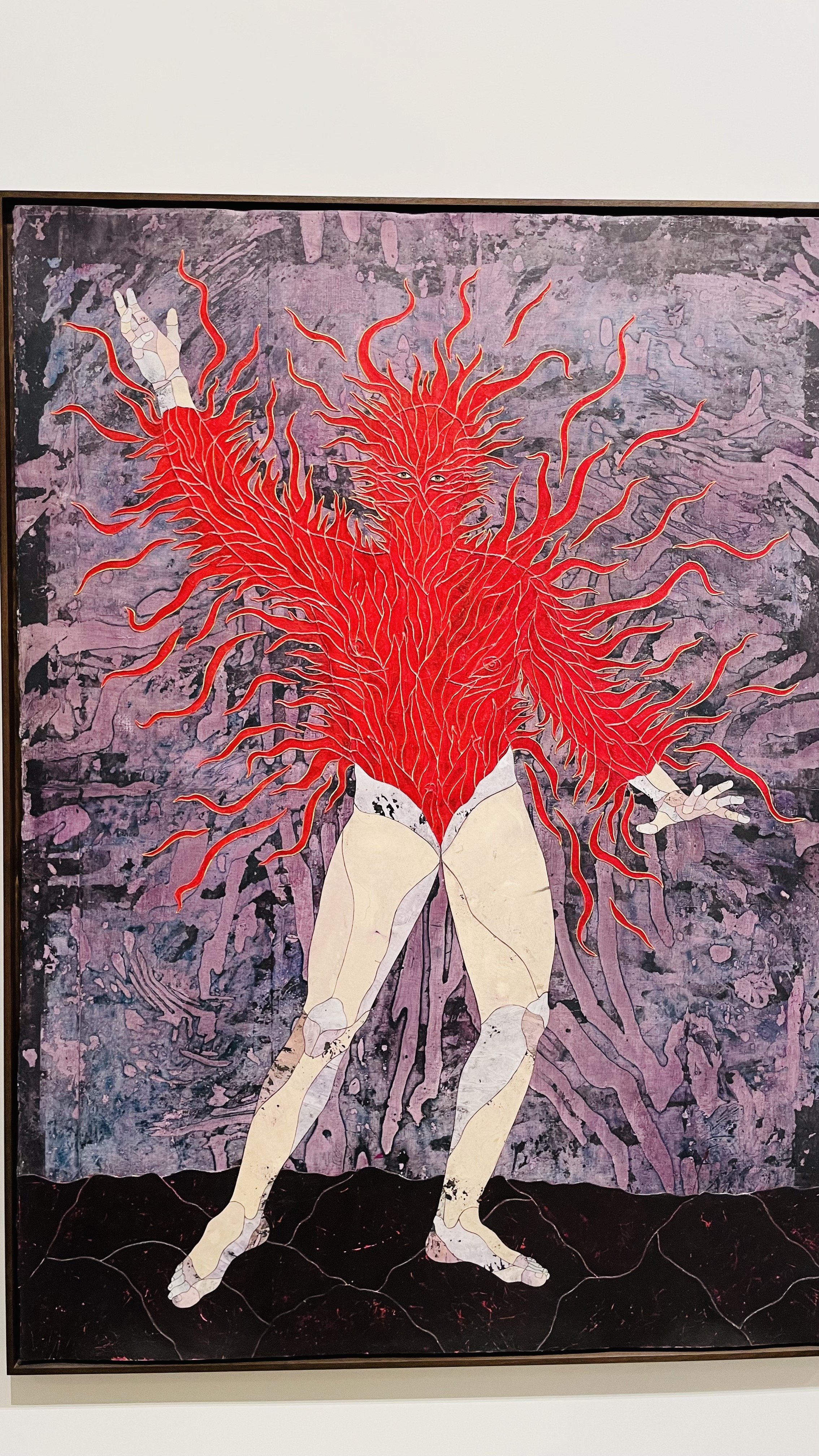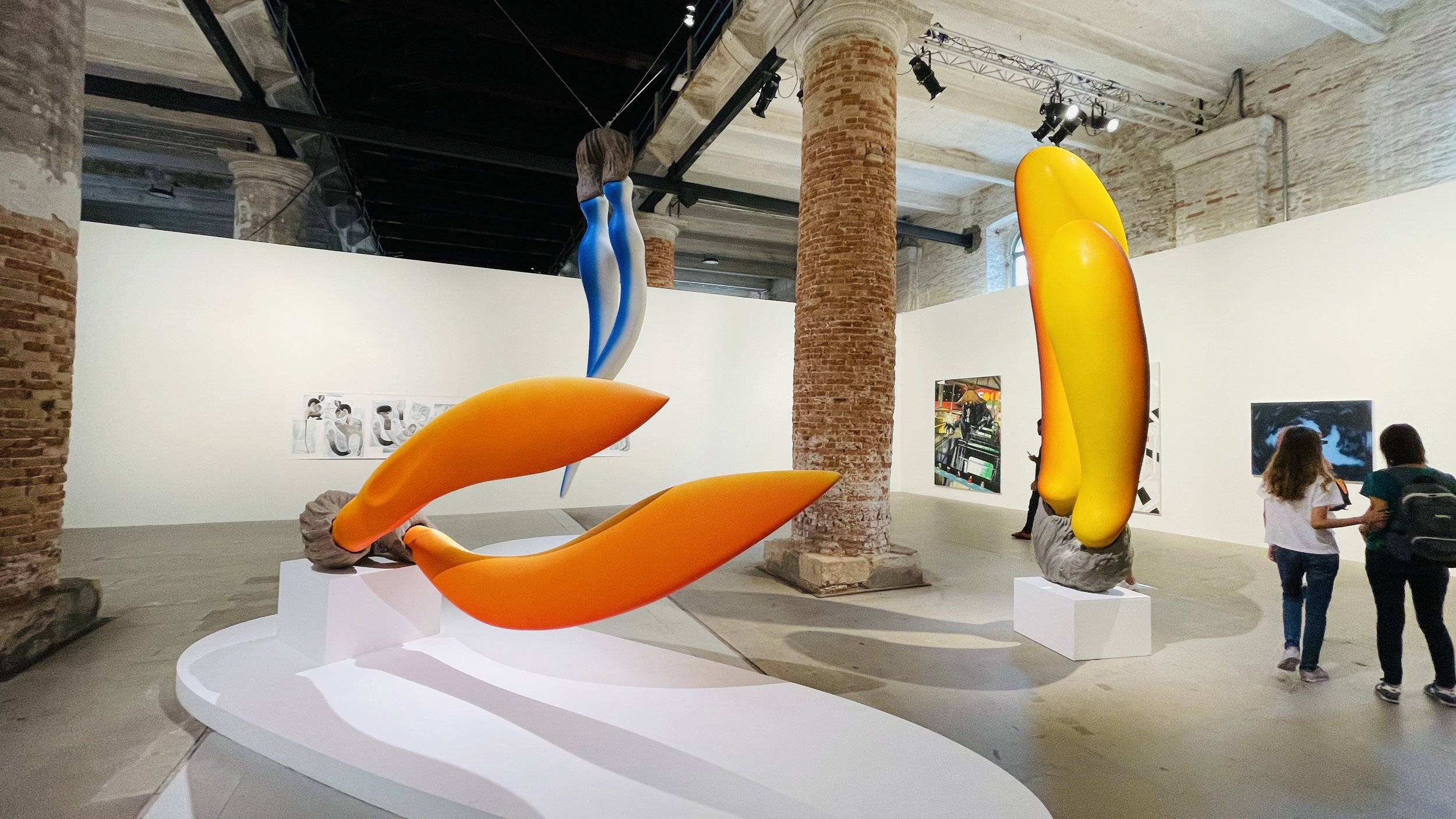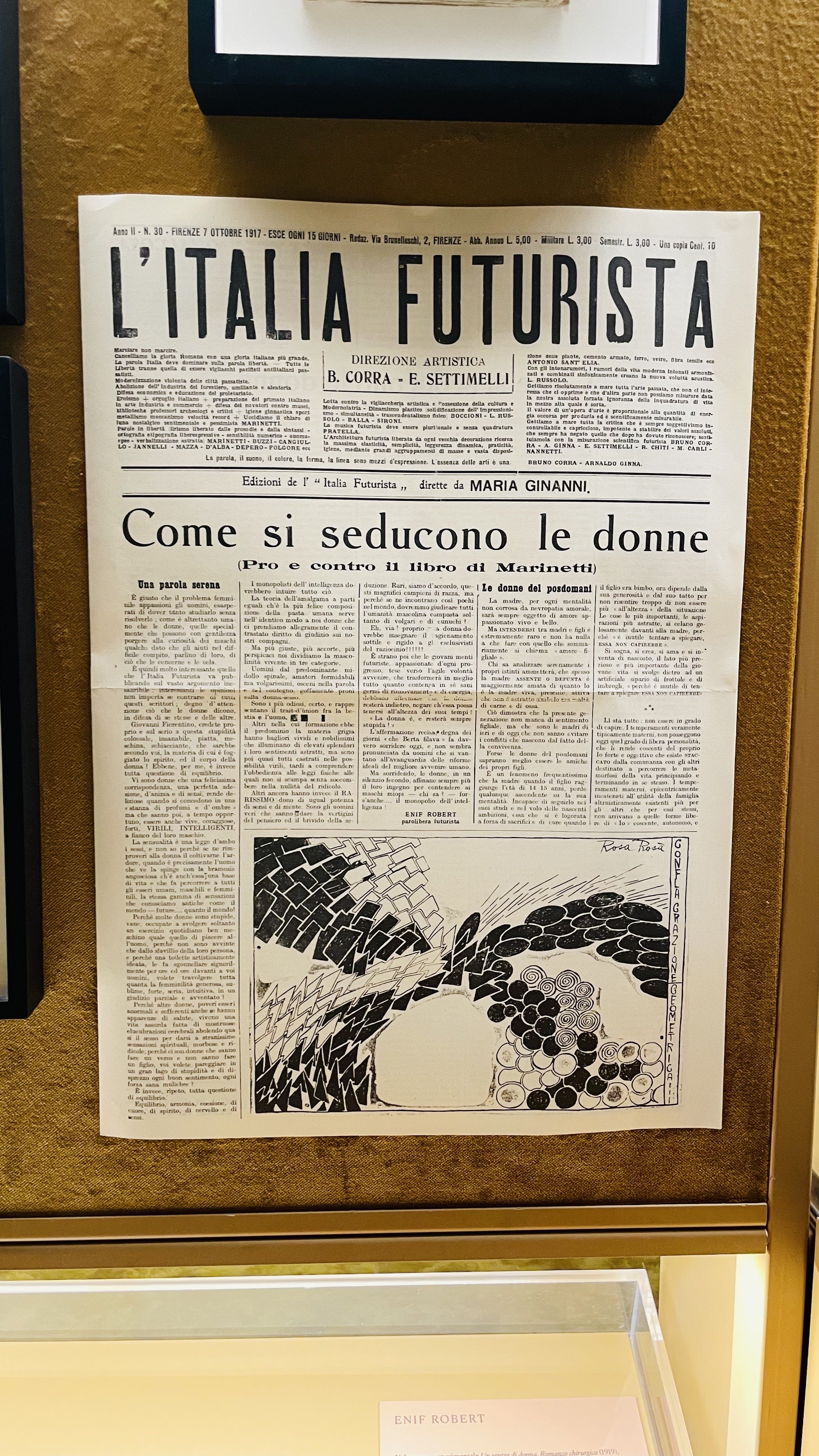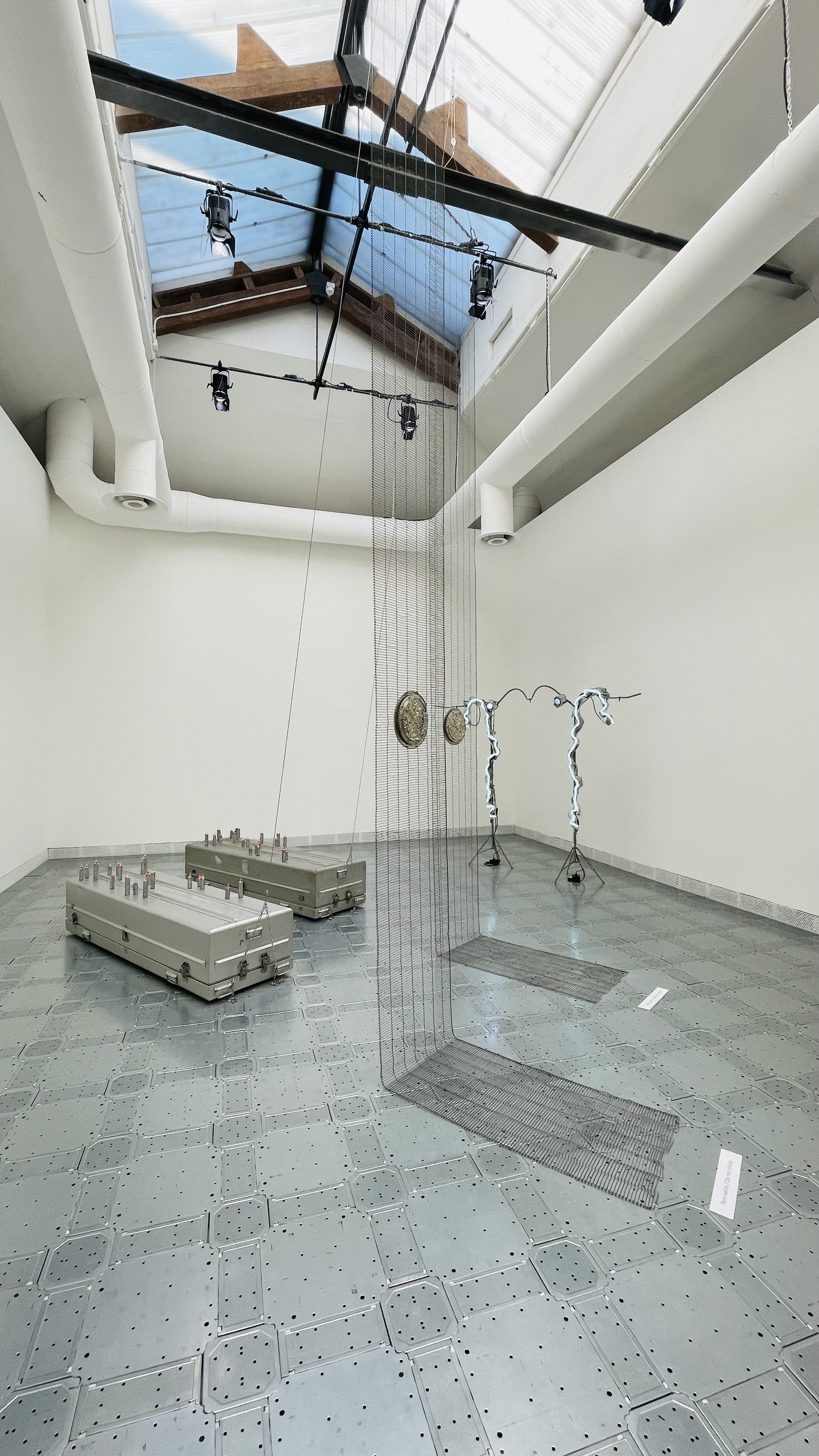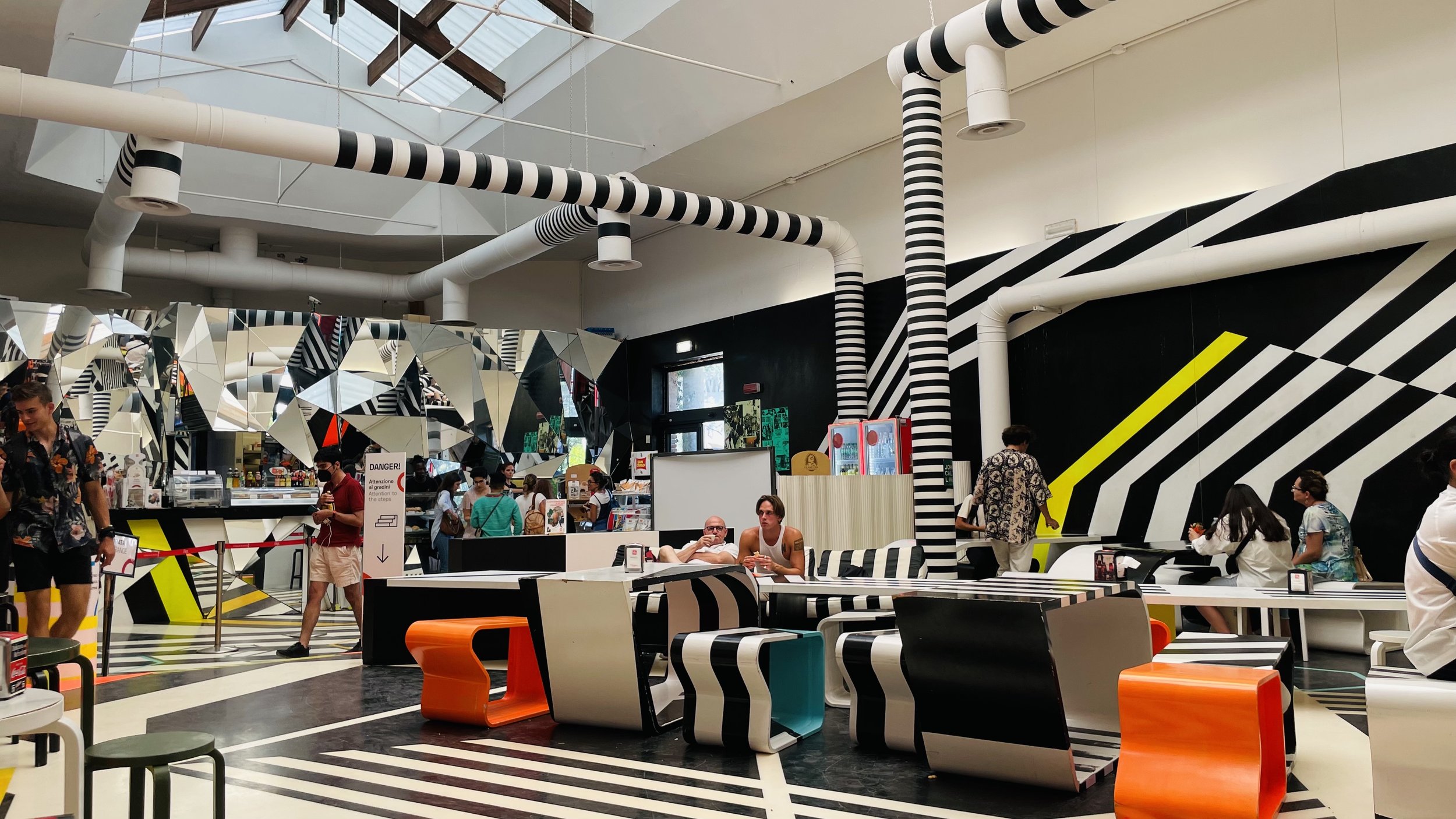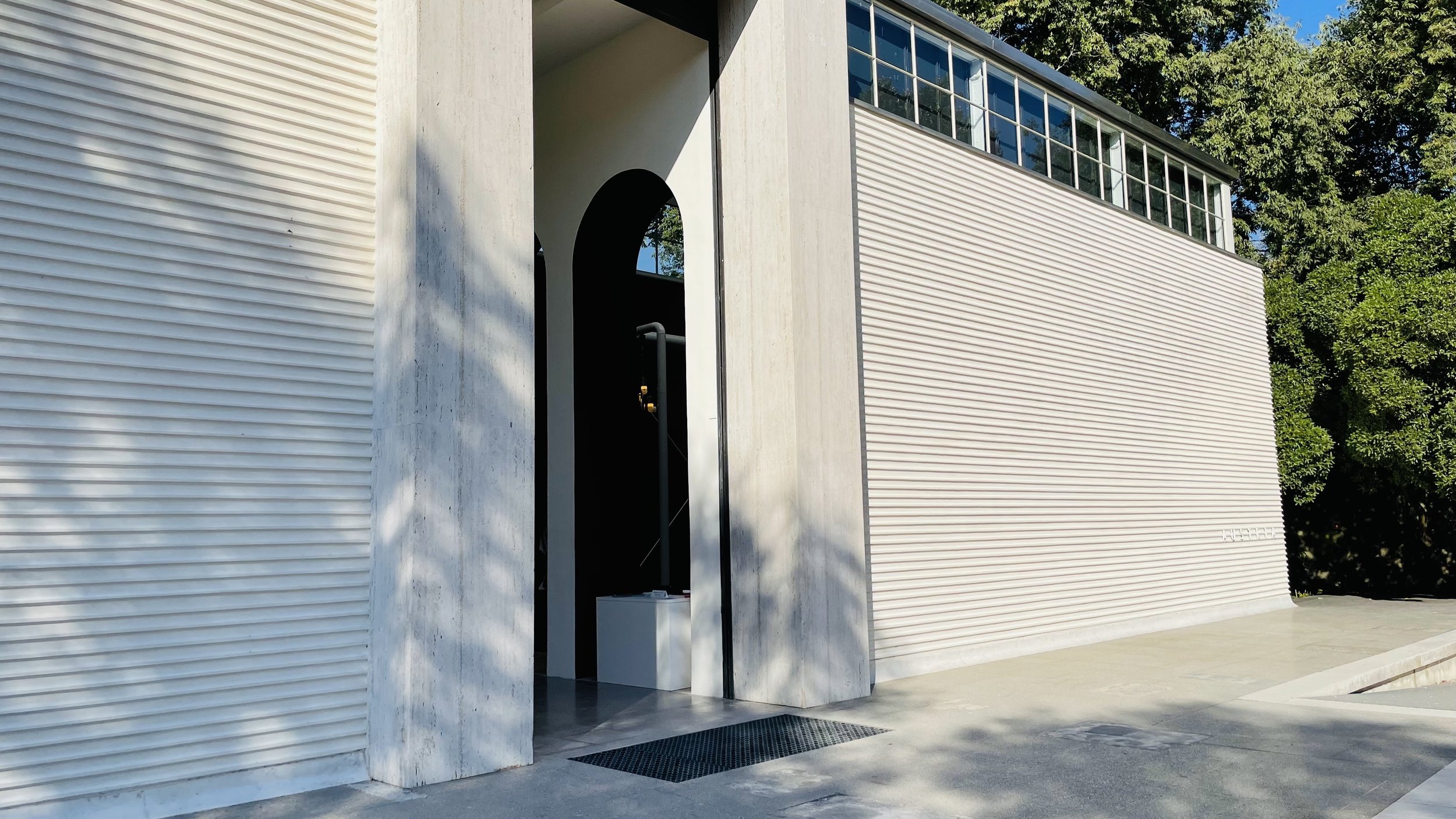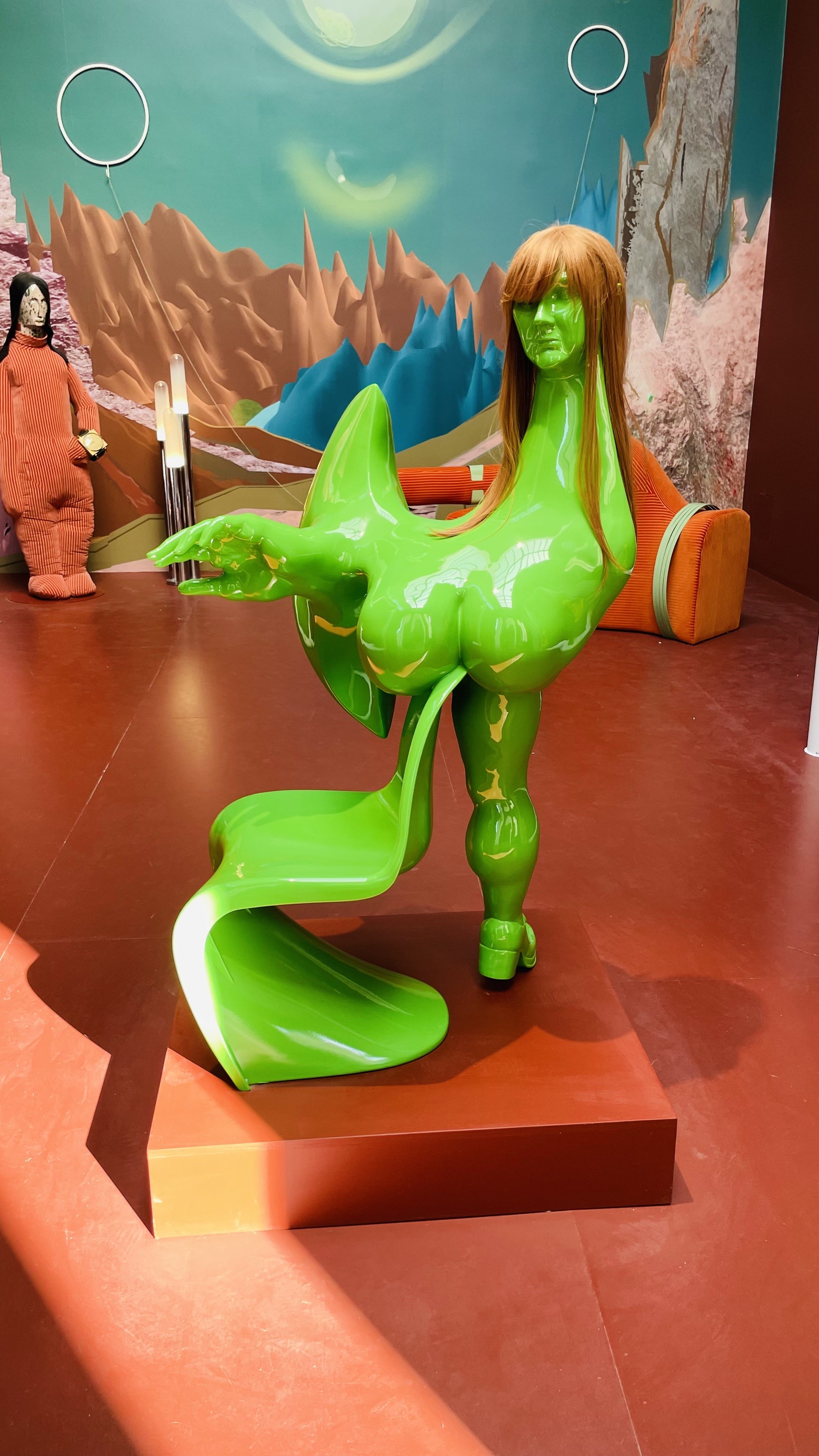59th International Art Exhibition Biennale Arte 2022 "The Milk of Dreams" from 23 April to 27 November 2022, Venice
Simone Leigh, Brick House, 59th International Art Exhibition Biennale Arte 2022 "The Milk of Dreams"
59th International Art Exhibition Biennale Arte 2022 ‘The Milk of Dreams’ from 23 April to 27 November 2022
Autore recensione: rmatteuc@tin.it
Credit photo: popcinema.org
Click Here for Italian Version
The 59. International Art Exhibition, "The Milk of Dreams", curated by Cecilia Alemani, was inaugurated on 23 April and closed on 27 November 2022.
In a highly polychrome and colourful Art Biennale, black dominates everything. It is a hegemonic colour, it does not admit other artistic nuances. Simone Leigh, an American born in Chicago, wins the Golden Lion for Brick House.
The author explains the meaning:
"If I called someone a brick house - explained the artist again to the New Yorker - any black person would know what I was talking about. She is a woman who... I hesitate to use the word 'strong', because of the stereotypes of black women as towers of strength. It's about the idea of an ideal woman, but very different from the ideal Western woman, who is fragile". (1)
Therefore, to Simone Leigh black women are strong, while white and western women are fragile. The consequence is that Simone Leigh is strong, while the white artists at the Biennale are fragile. Victory is already predetermined by the fate of art. Simone Leigh is the founder of the BWAforBLM i.e. Black Women Artists for Black Lives Matter. (In the United States, showing off extremely lengthy acronyms has taken the place of sex freaks' XXXL penises exhibitionism.)
Simona Leigh presents a divisive, obscure art. She is sure about her choices. The Brick House woman has no eyes, which could be hidden. The purpose is twofold: not showing the colour of the eyes (maybe they aren't black?) and/or prevents the soul from being penetrated.
Simone Leigh's well-deserved success is visually majestic. The audience remains terrified and obsessed with those hidden eyes. The Brick House woman is stylistically impeccable but is she also ethically correct? Karl Marx's answer would be negative. He would consider it a selfish aspect:
“… are egoists if you demand a special emancipation for yourselves .... As Germans, you ought to work for the political emancipation of Germany, and as human beings, for the emancipation of mankind, and you should feel the particular kind of your oppression and your shame not as an exception to the rule, but on the contrary as a confirmation of the rule.” (2)
Simone Leigh, Last Garment, 59th International Art Exhibition Biennale Arte 2022 "The Milk of Dreams"
More emotional, irreproachable and a little selfish is the profound Last Garment also by Simone Leigh. It is an artistic evolution. It is also Walter Benjamin's thoughts:
“However, theses about the art of the proletariat after its assumption of power or about the art of a classless society would have less bearing on these demands than theses about the developmental tendencies of art under present conditions of production. Their dialectic is no less noticeable in the superstructure than in the economy.” (3)
With Last Garment, she talks about class struggle, not brick houses.
She is also African American, with her back bent while washing clothes, probably in a river. This is a different woman. She hides nothing. Her eyes are downcast but they are open. It is possible to see her fatigue, the pain in her spine, and the exhaustion from spending so much time with her feet in the water. She is a social icon. She is the symbol of human emancipation. There is no division in Last Garment, but rather a deep commitment to civil rights. Even Italian weeders remained in that position for hours, picking up the rice in the water. It is a collective work, perhaps unknowingly, because Simone Leigh knows Chicago but not the history of the proletariat. She knows Patrisse Cullors – in her villa – but she does not know Karl Marx.
Delcy Morelos, Earthly Paradise, 59th International Art Exhibition Biennale Arte 2022 "The Milk of Dreams"
The Colombian Delcy Morelos with Earthly Paradise fills the Arsenale with soil, clay, cinnamon, powder cloves, cocoa powder, cassava starch, tobacco, copaiba, baking soda and powdered charcoal. As the audiences walk through the maze, the overwhelming smell of farms tears them. The ground is at eye level, so it would be easier to work with. The woman in Last Garment would have had a different life.
Precious Okoyomon in To See the Earth Before the End of the World, 59th International Art Exhibition Biennale Arte 2022 "The Milk of Dreams"
The Nigerian Precious Okoyomon had a similar idea in To See the Earth Before the End of the World. She is more similar to Nostradamus than Cassandra.
It is strange, a Nigerian author has the priority of the end of the world while millions of her compatriots have the daily worry of arriving in the evening with a bite to eat. However, Precious Okoyomon lived for a short time in Lagos. She was born in London and, since she was seven years old, she has lived in Houston, Ohio, Chicago and New York. (4)
The garden made by Precious Okoyomon is lush and green, it is a paradise. The scarecrow is funny, it comes from plants.
Padiglione Italia, Gian Maria Tosatti, Eugenio Viola, Storia della Notte e Destino delle Comete, 59th International Art Exhibition Biennale Arte 2022 "The Milk of Dreams"
More mature is the Italian Pavilion by the artist Gian Maria Tosatti (curator Eugenio Viola) entitled History of the Night and Destiny of Comets. Tosatti enters inside Italian history. The history of workers, of the factories and the changes that have taken place. He uses textile manufacturing. Thousands of women sewed in unison, moving like members of an orchestra. Gian Maria Tosatti recreates it in an Arsenale hall. Spectators enter the office through a large window, used by managers to supervise the labourers. Downstairs, there are hundreds of sewing machines, their tools. What is upsetting is the absence of people. Where have the multitude of women gone? Have they vanished? Obviously, they haven't disappeared. They are still there; they have just transformed. Now they are Chinese, Indonesian, Indian women. Tosatti's laboratory was not destroyed but transferred and adapted to the new technologies. History of the Night and Fate of Comets is a political work. Union conflict and the commitment of a population that has come out of the war, are able to generate a real and living economic boom.
59th International Art Exhibition Biennale Arte 2022 "The Milk of Dreams"
The Biennale Arte has always been characterized by the inventiveness and innovative skills of many willing, obstinate and courageous artists. Yet, the 2022 edition appears monotonous, with egoism, and subjugated artists (voluntarily or involuntarily?). They simply obey the dictatorial thought, unable to show signs of rebellion. There is no contradiction, there is no dissent, there are no discordant expressions. Even a heretic cannot be burned at the stake. The artists look submissive, aligned, subdued.
Padiglione Russia, 59th International Art Exhibition Biennale Arte 2022 "The Milk of Dreams"
Despite a flat and modest Art Biennale, there is something magnetic, artistic and free. It is Russia's pavilion, empty, abandoned, and guarded. The green void building refers to war. War for freedom, against the colonizers who were never defeated but only disguised, decadent but still dangerous.
Karl Marx, La questione ebraica, Zue Judenfrage https://www.marxists.org/archive/marx/works/download/pdf/On%20The%20Jewish%20Question.pdf
Walter Benjamin, The Work of Art in the Age of Mechanical Reproduction https://web.mit.edu/allanmc/www/benjamin.pdf
